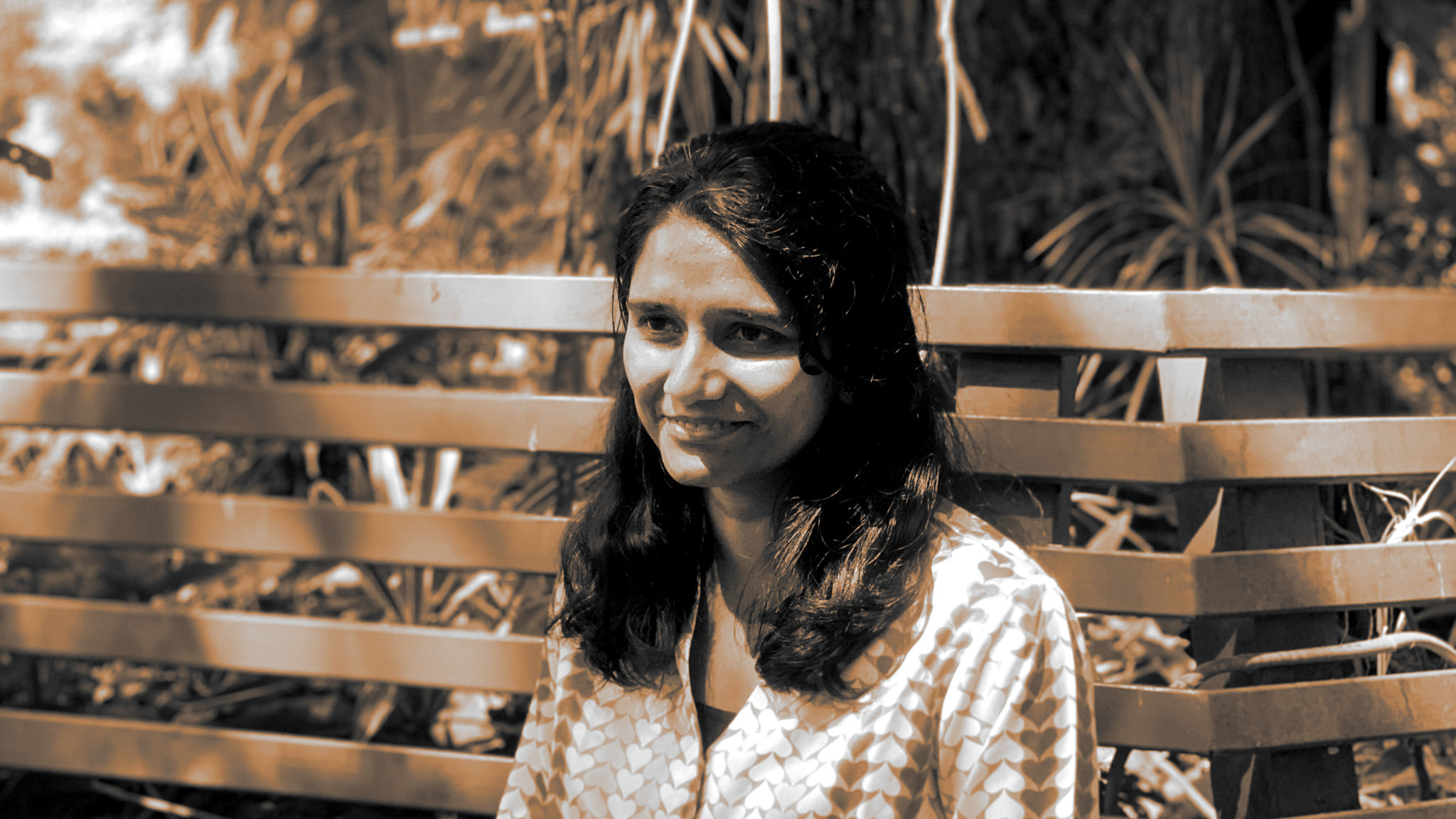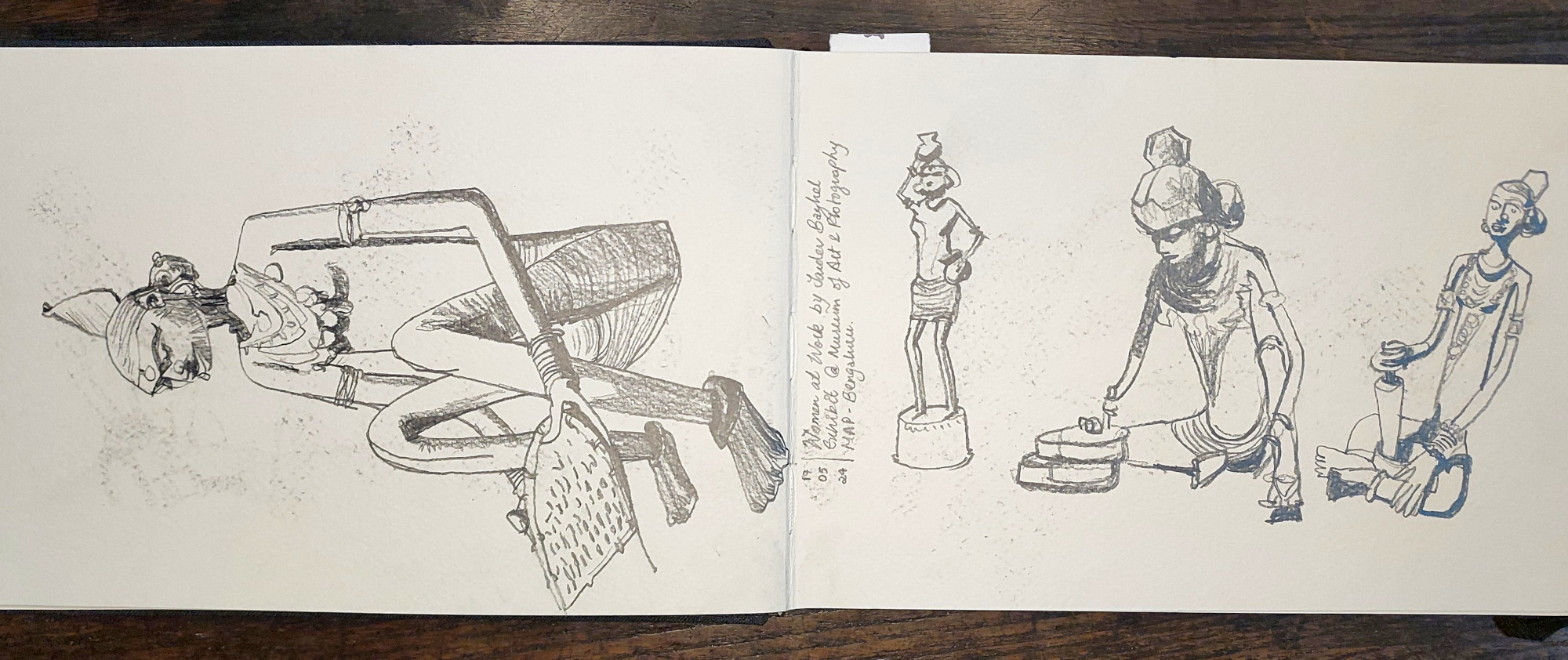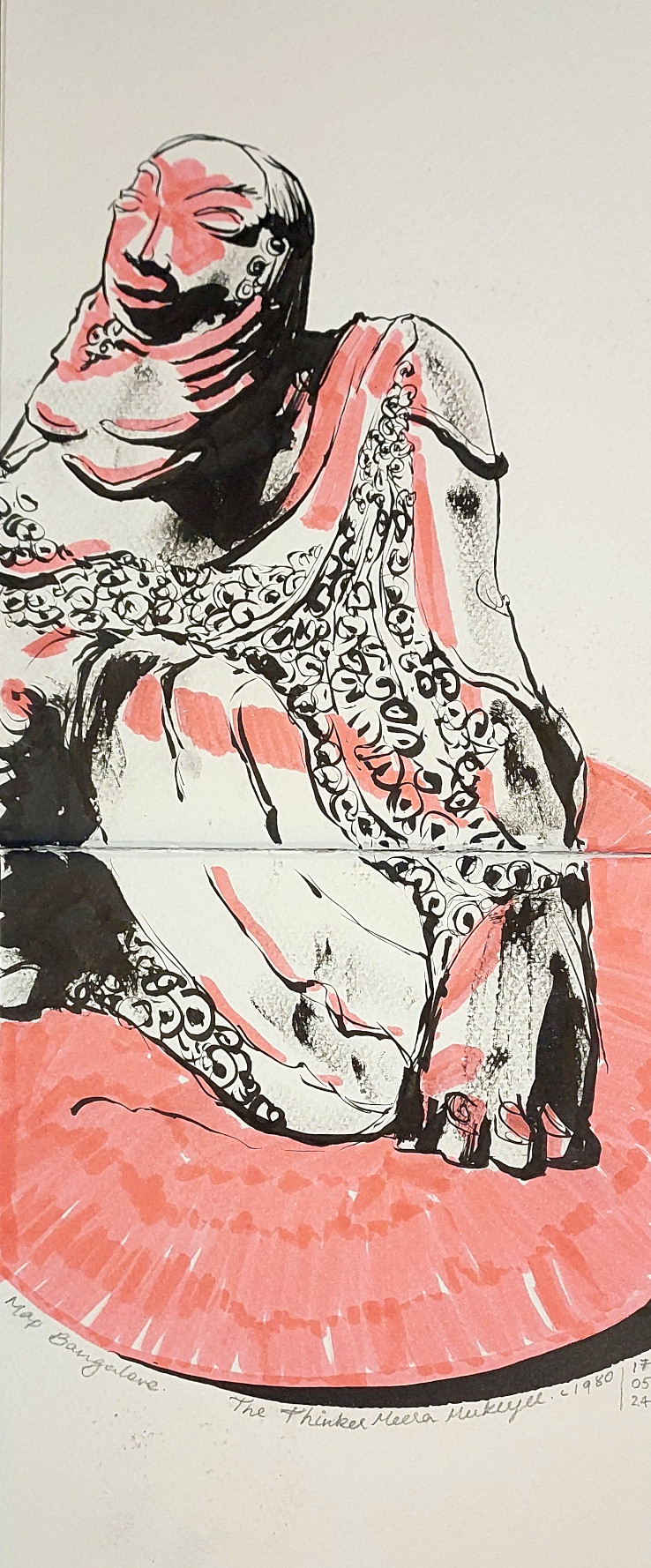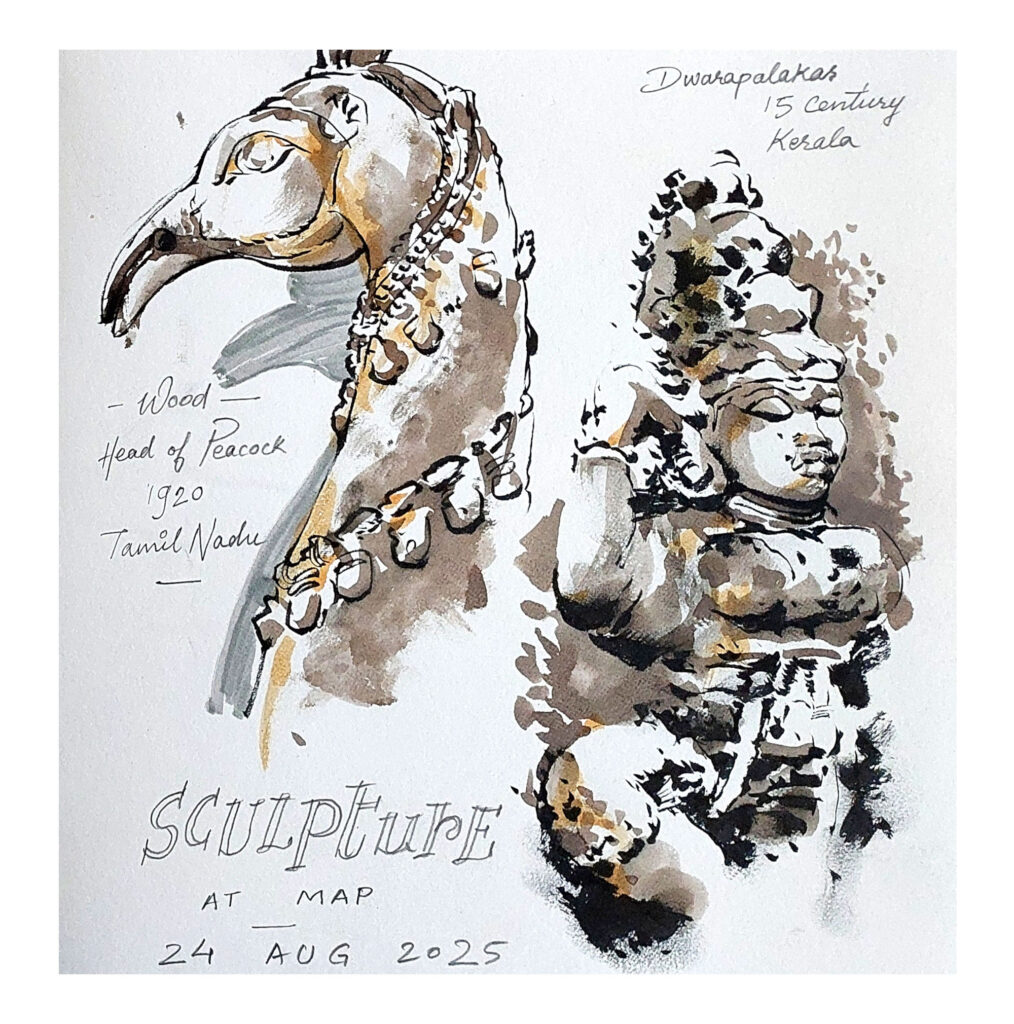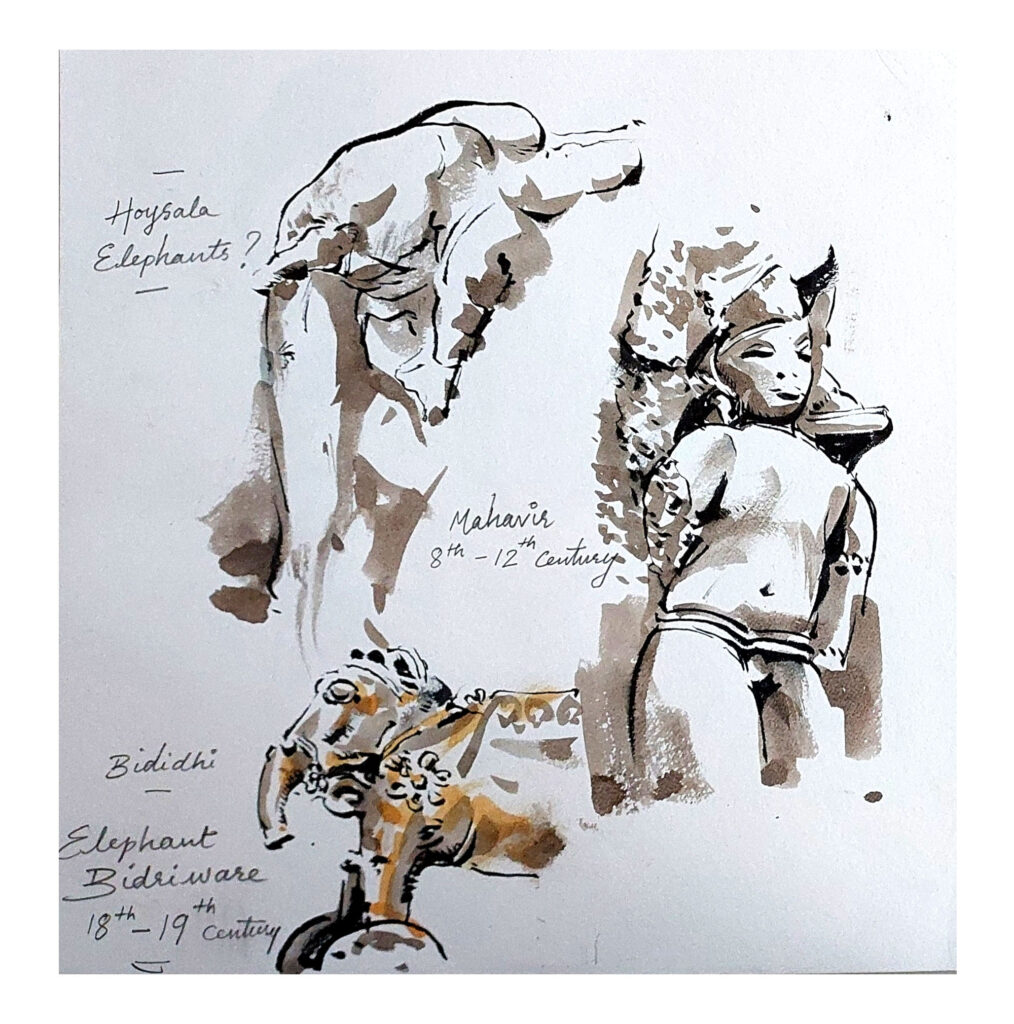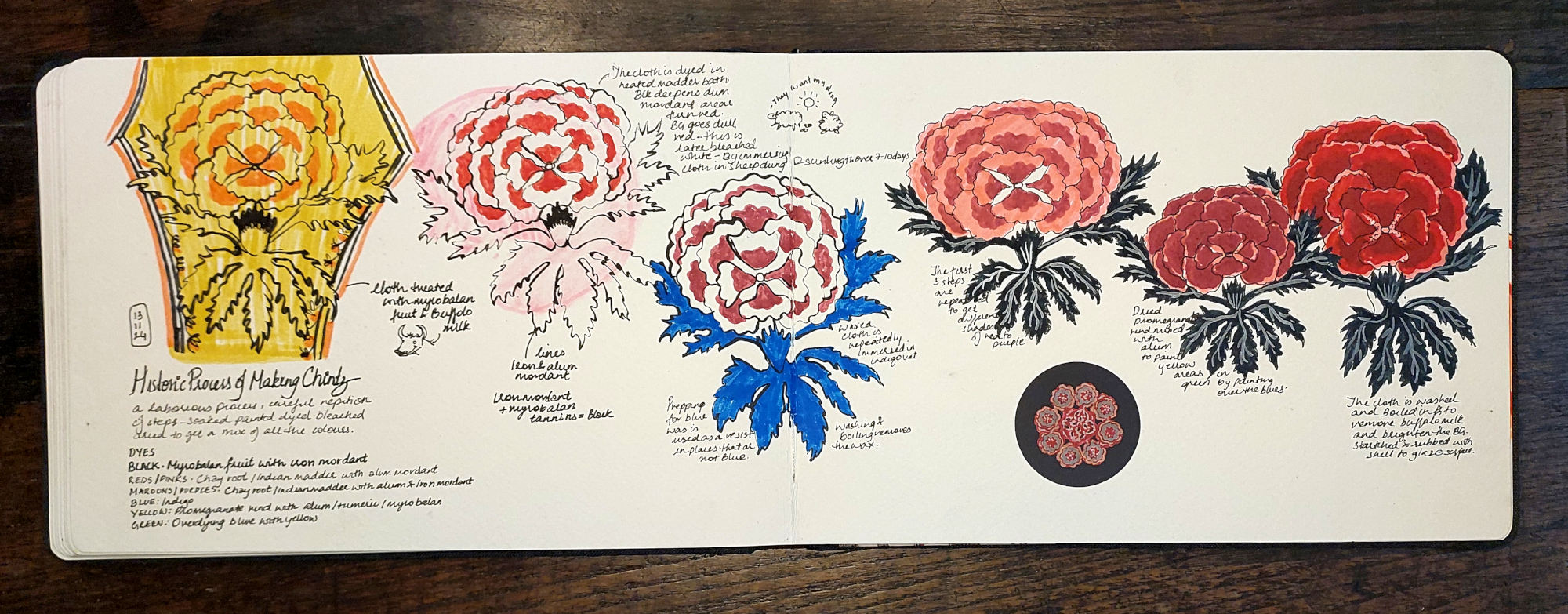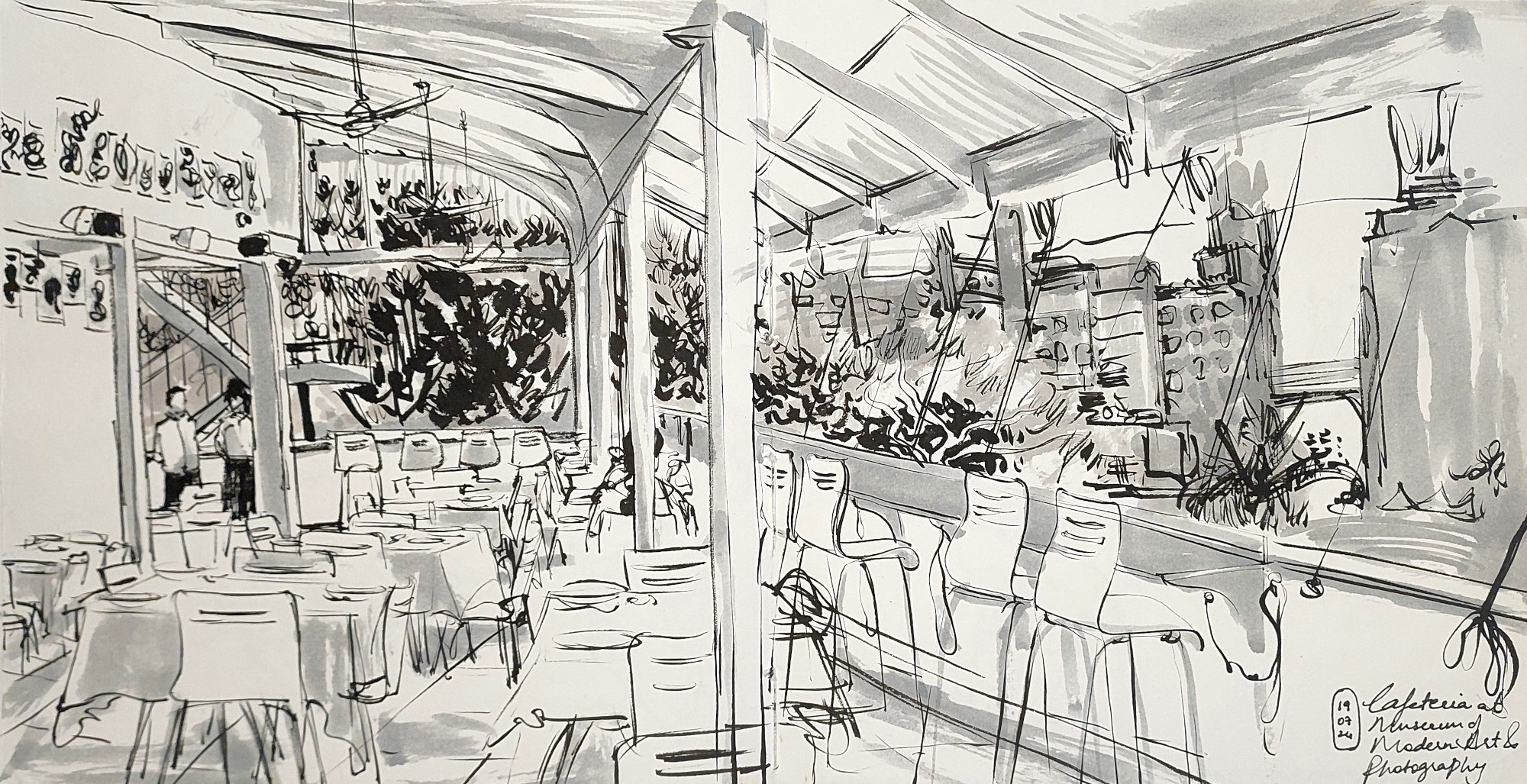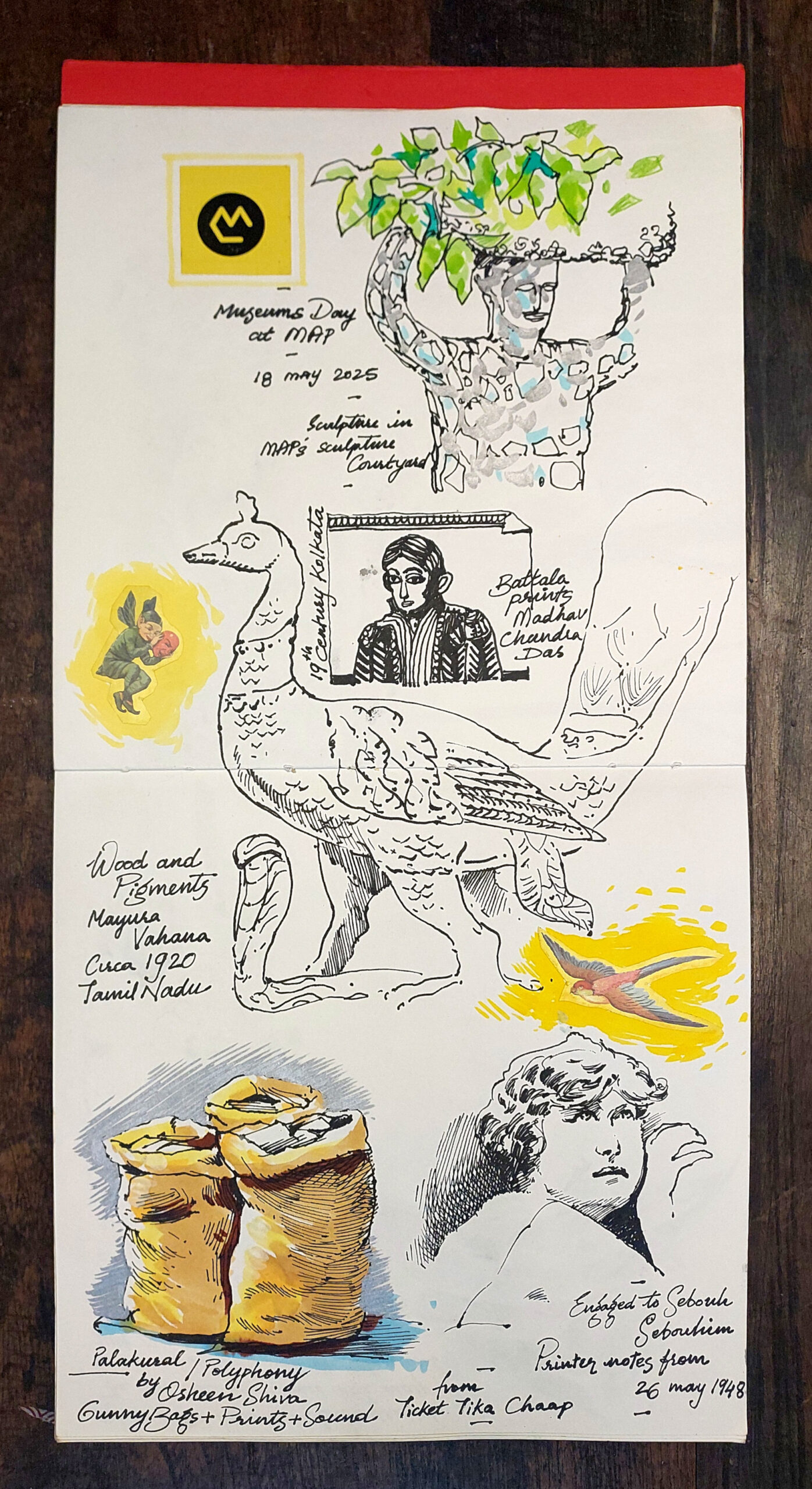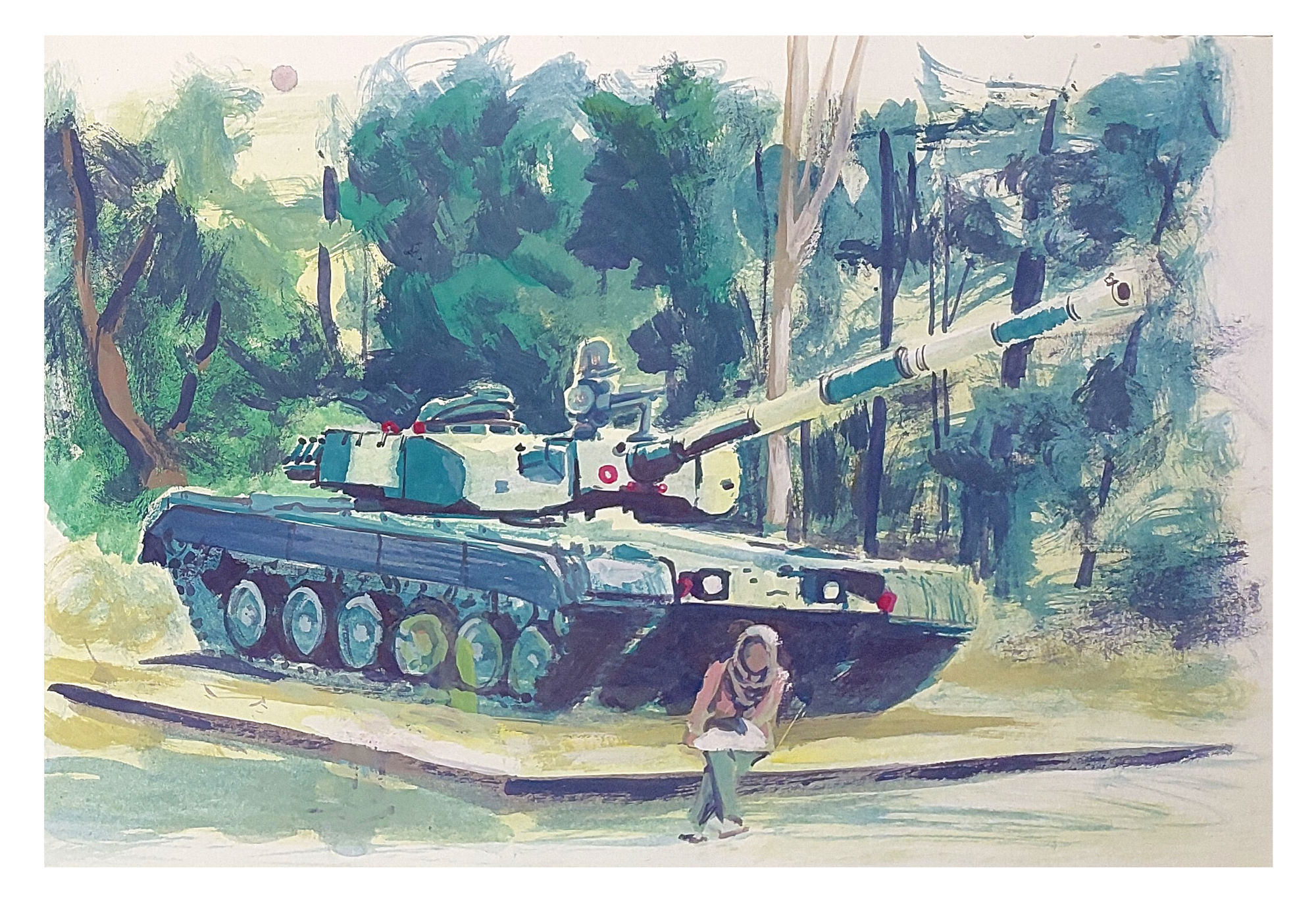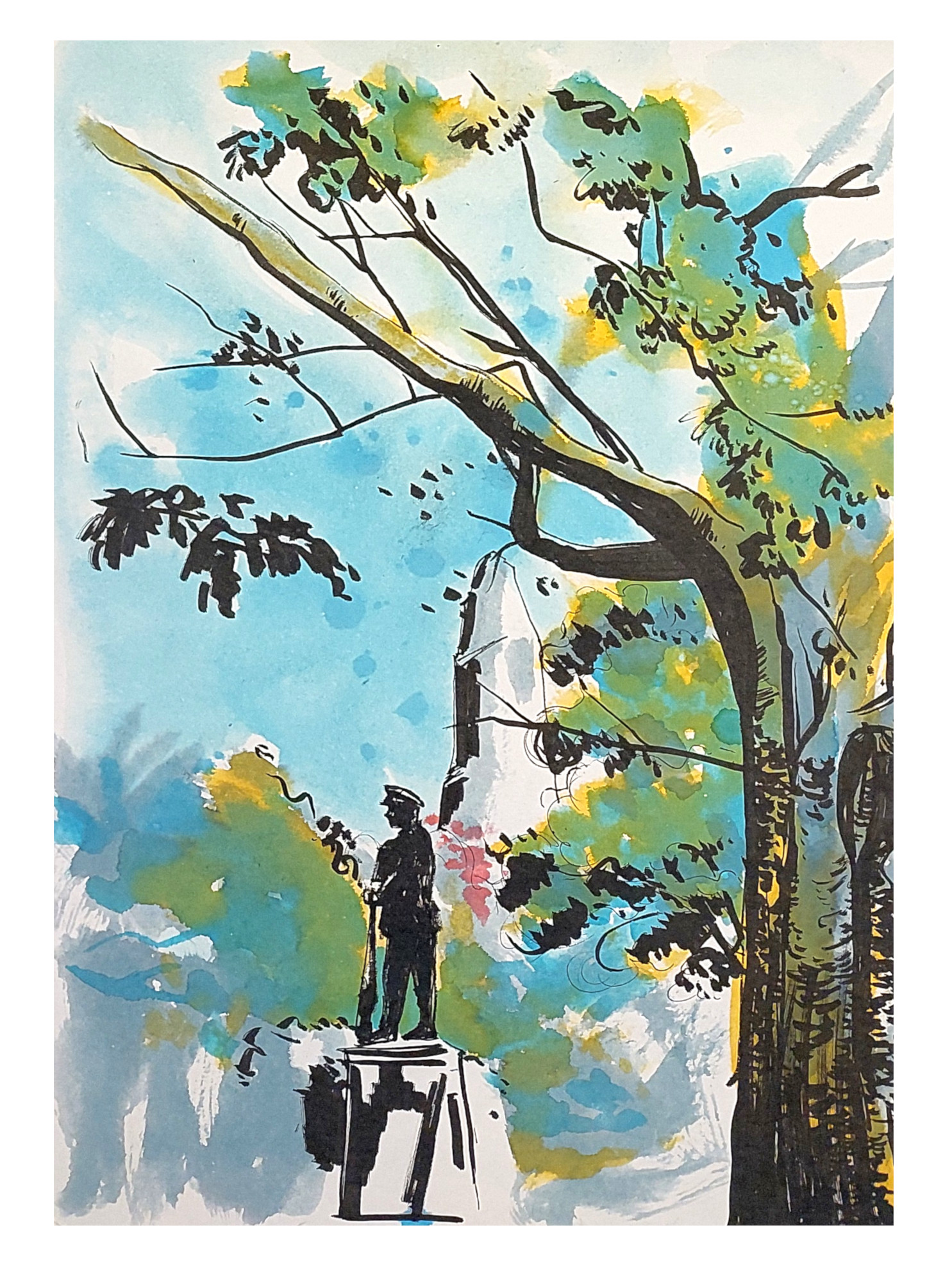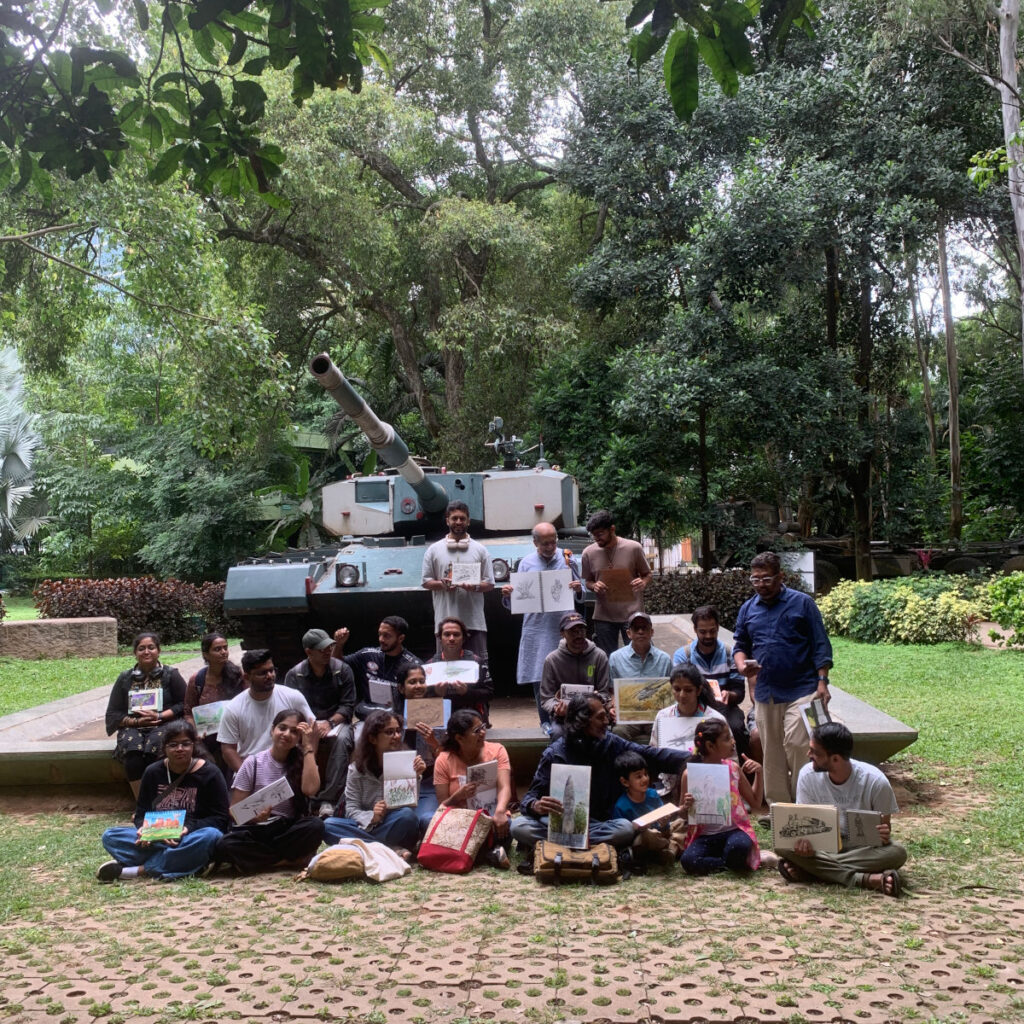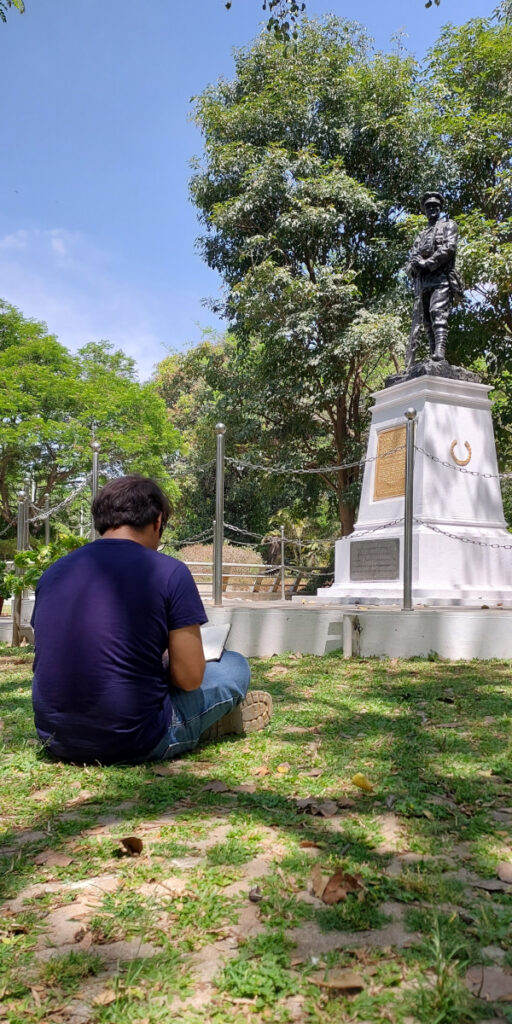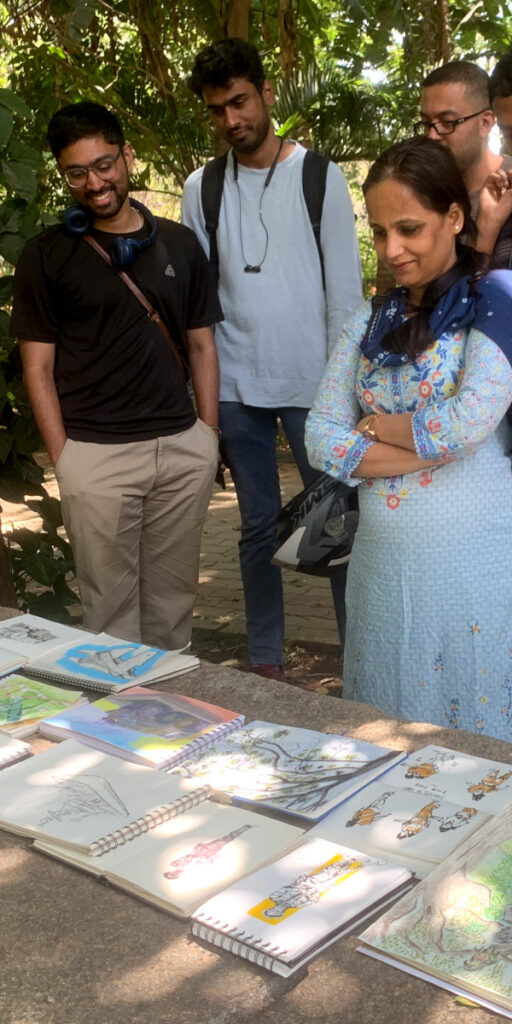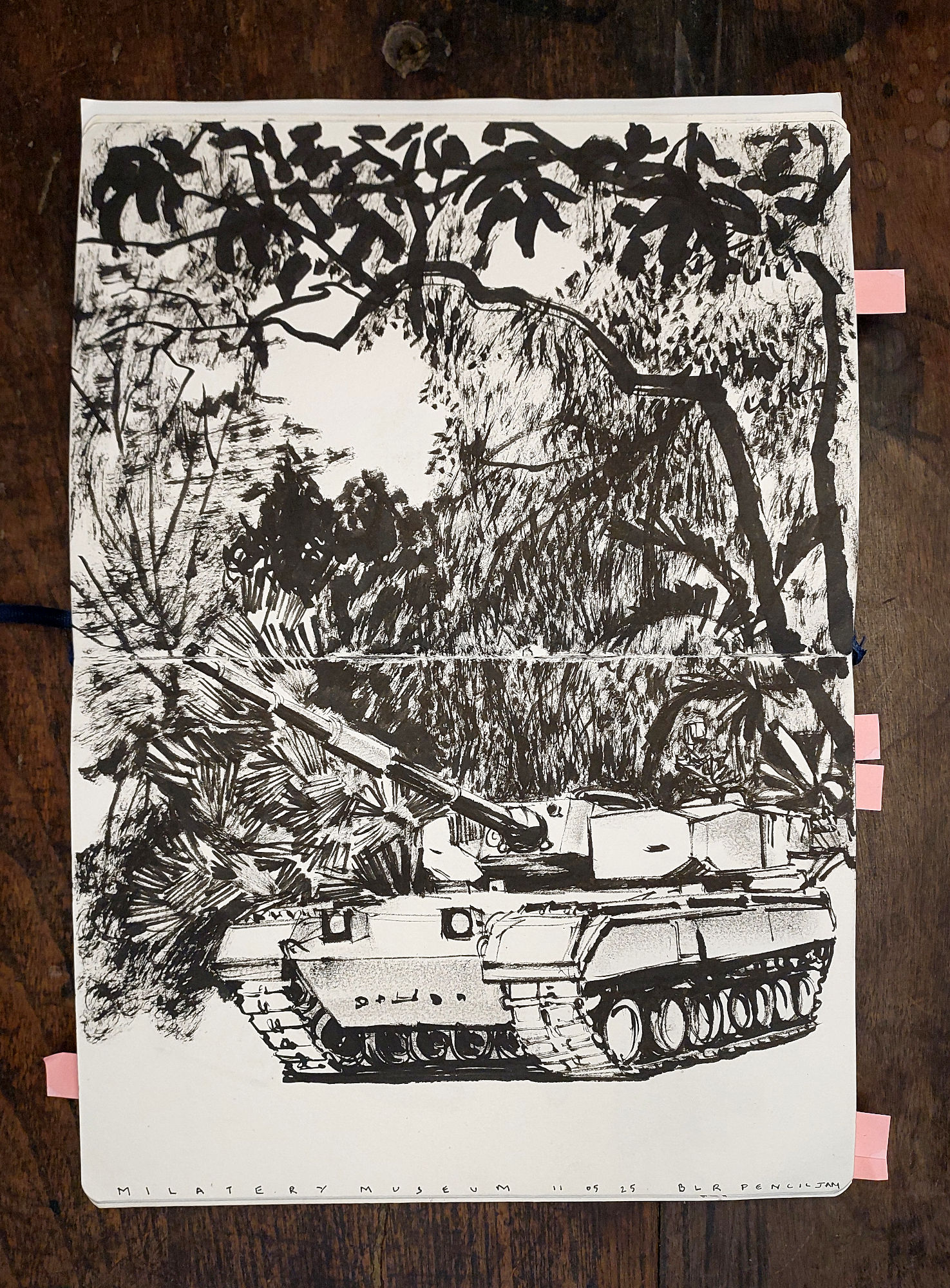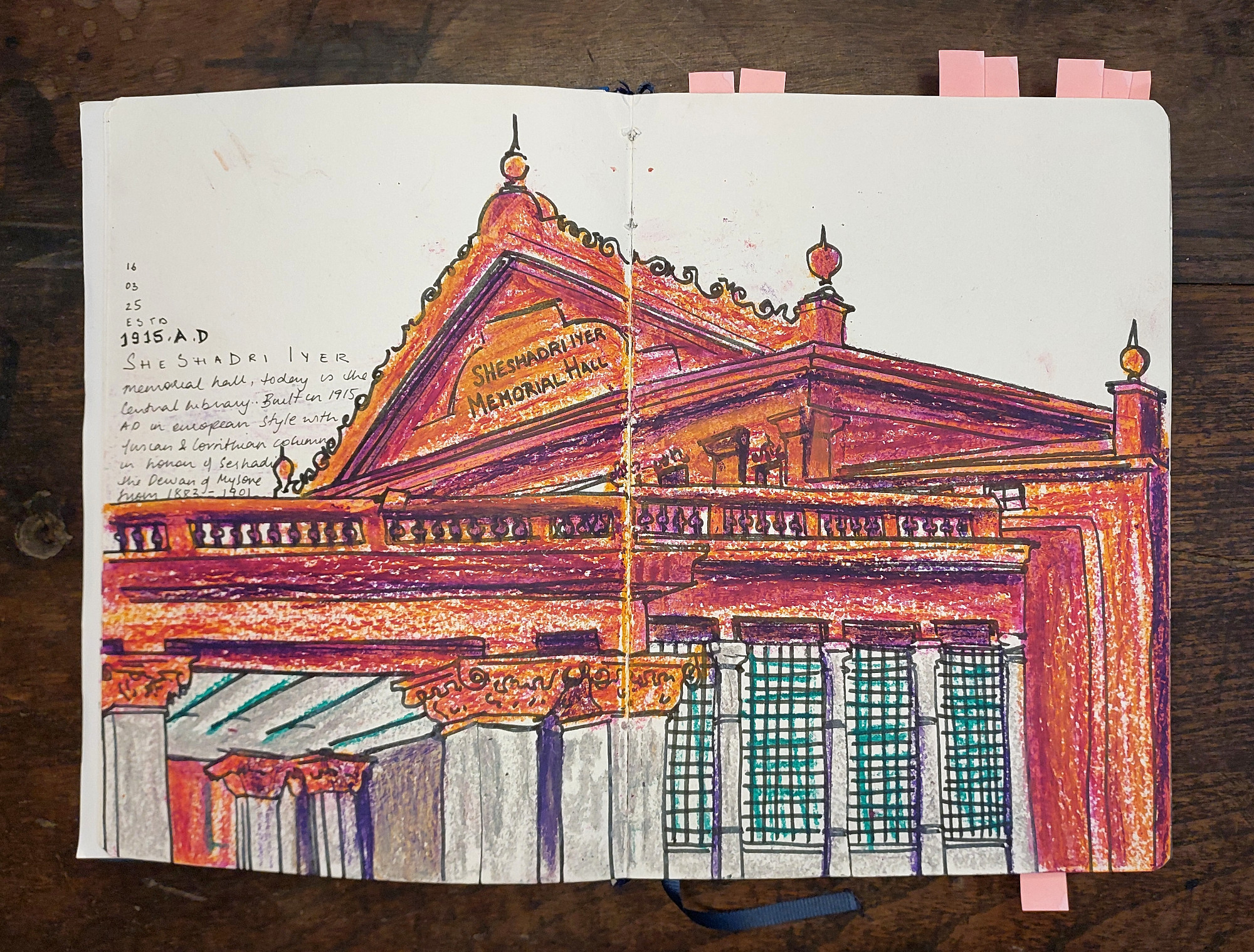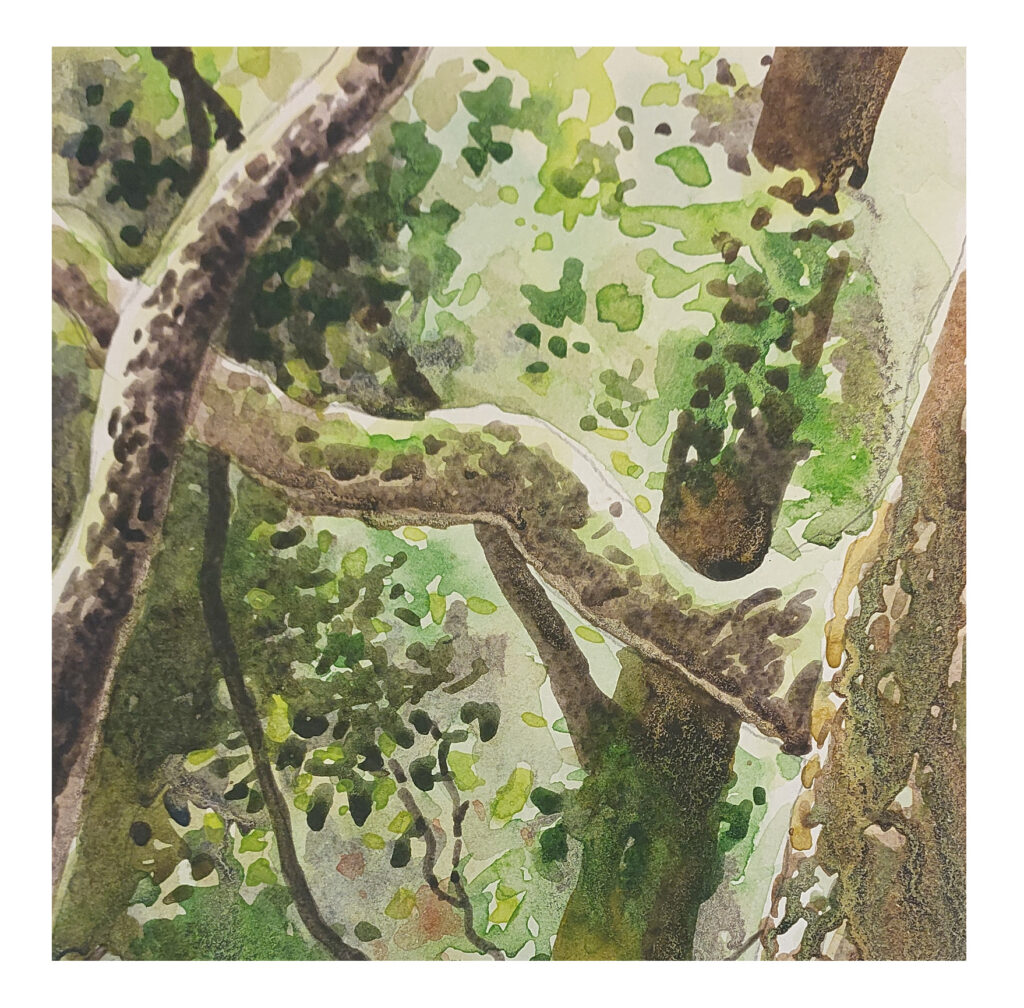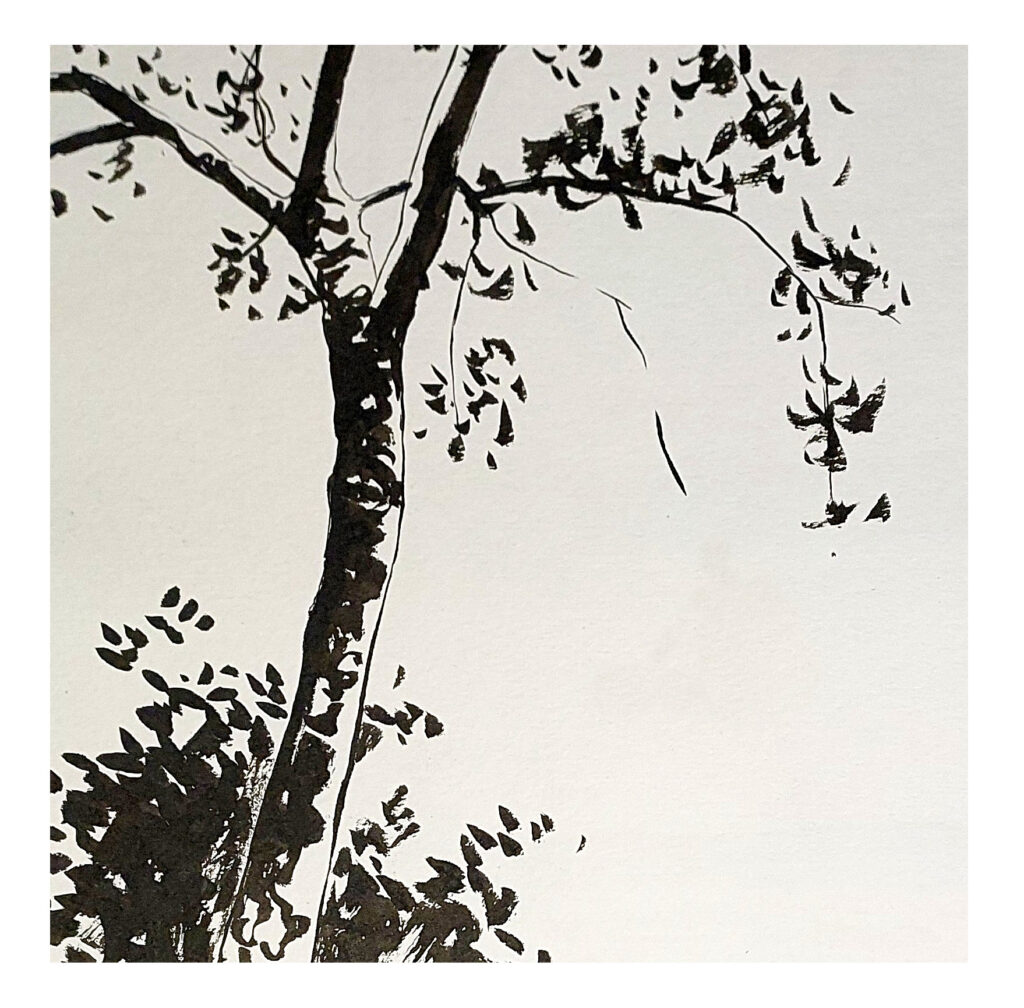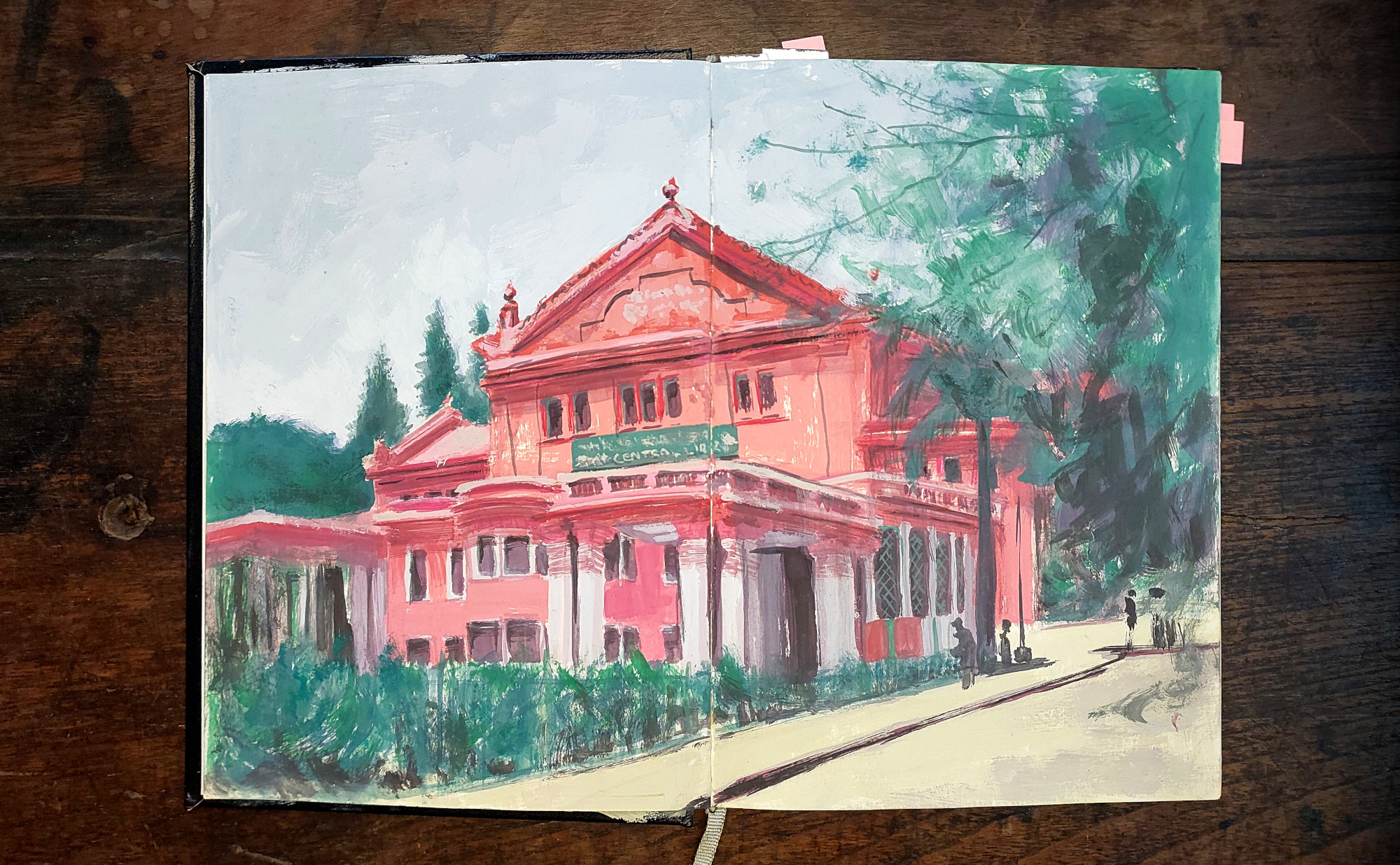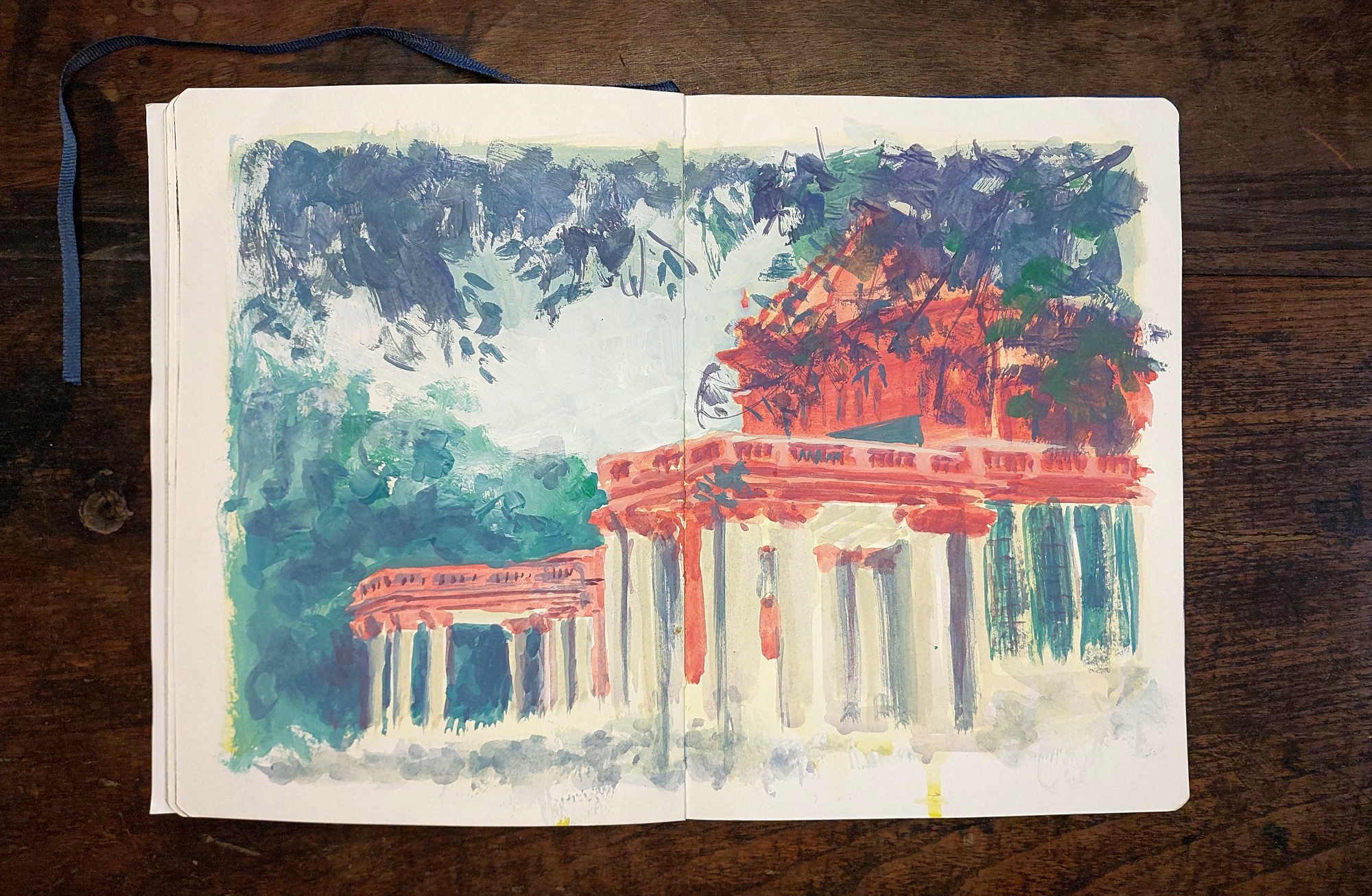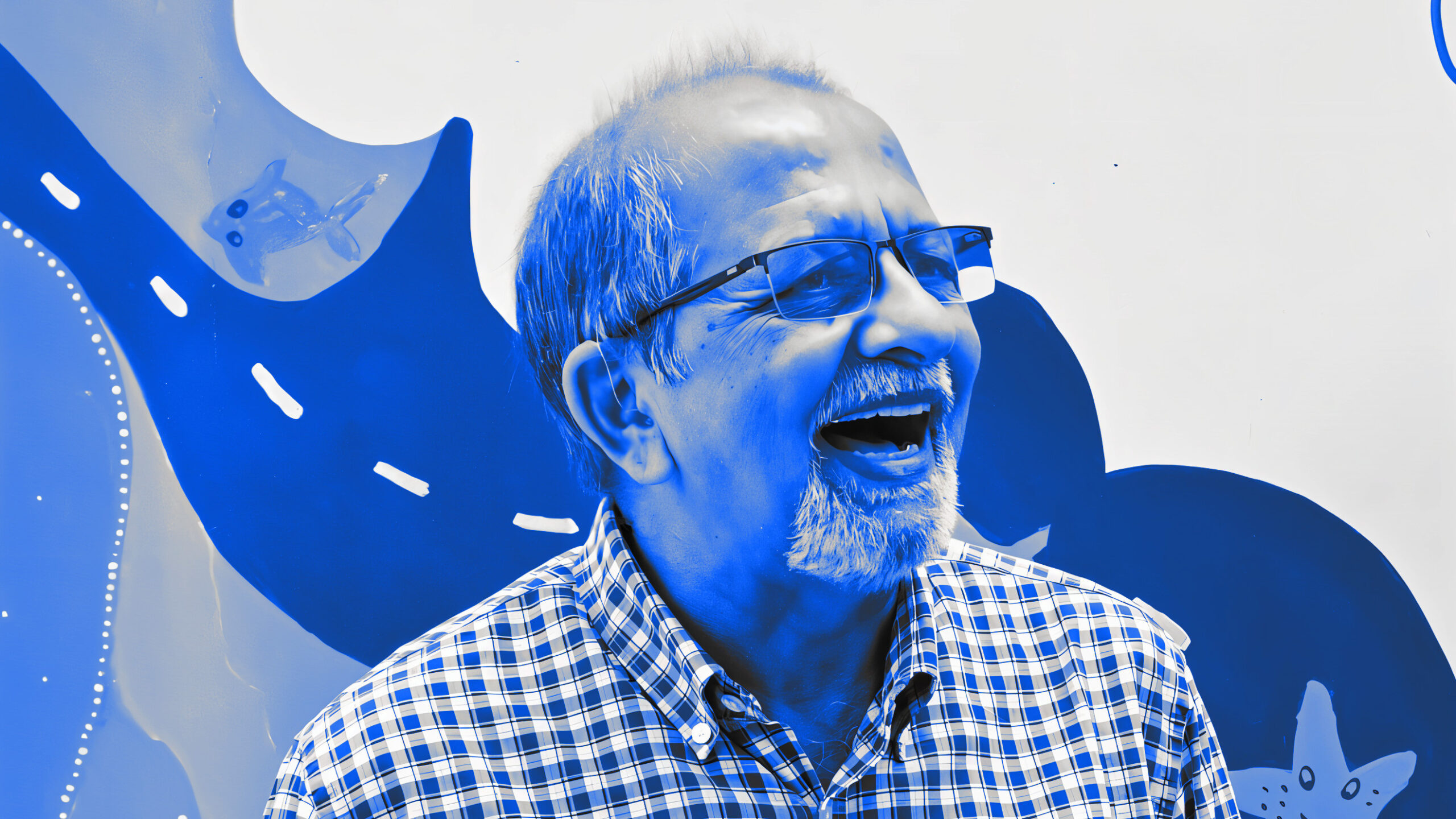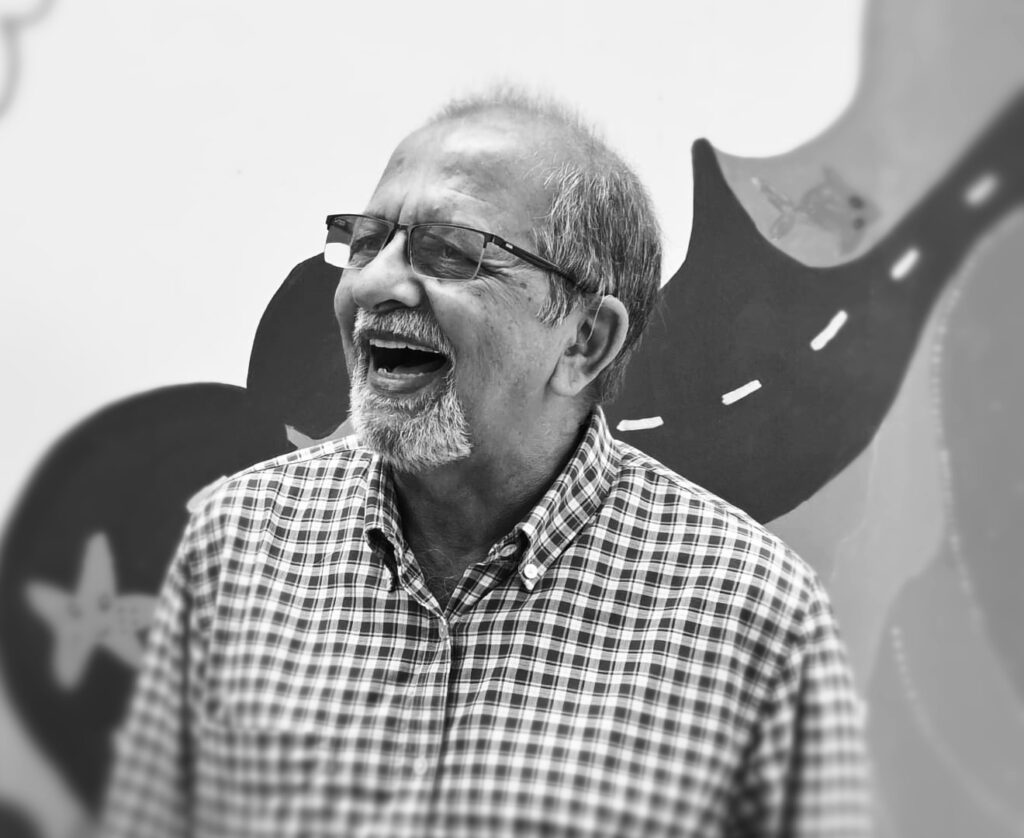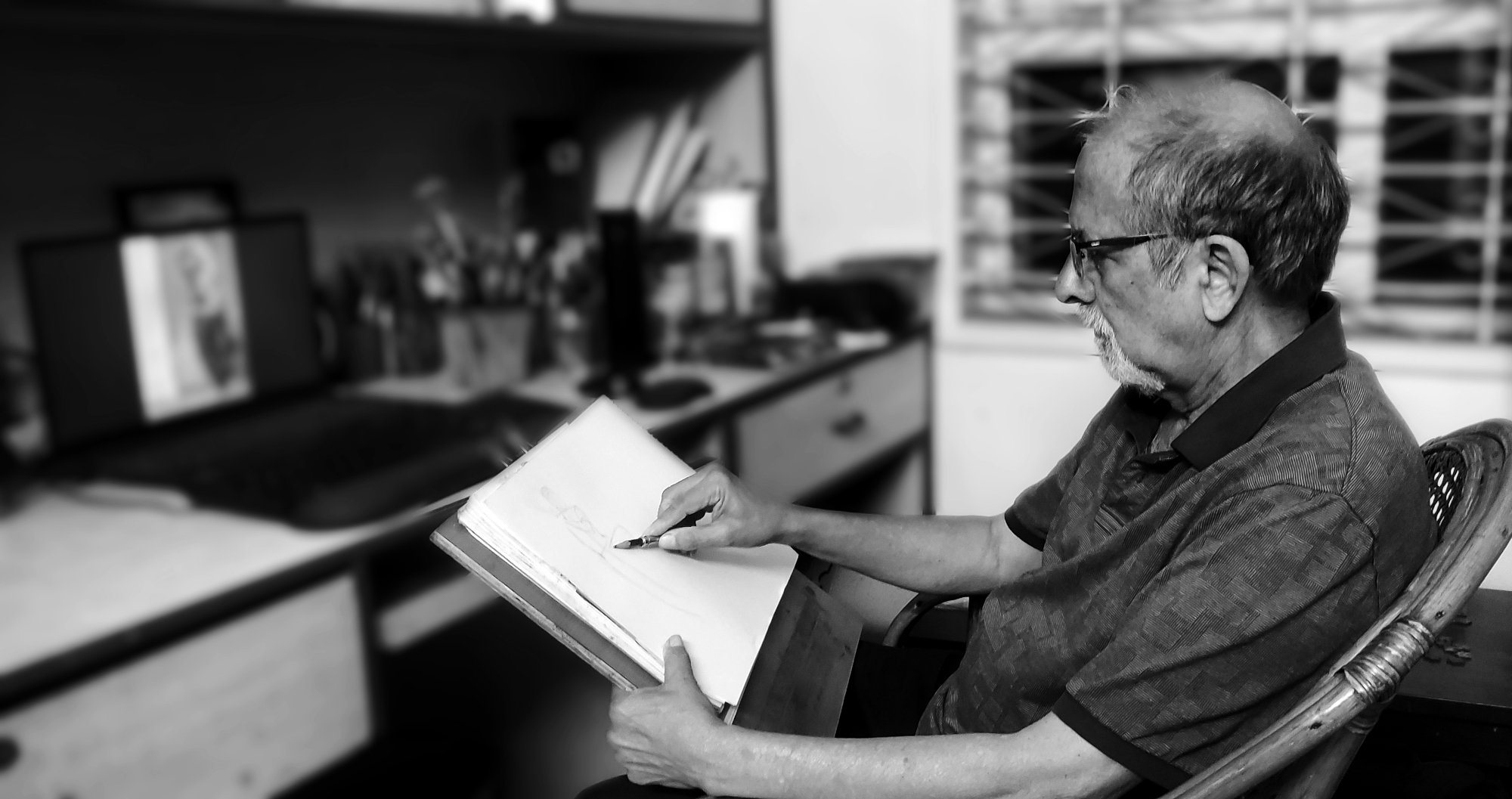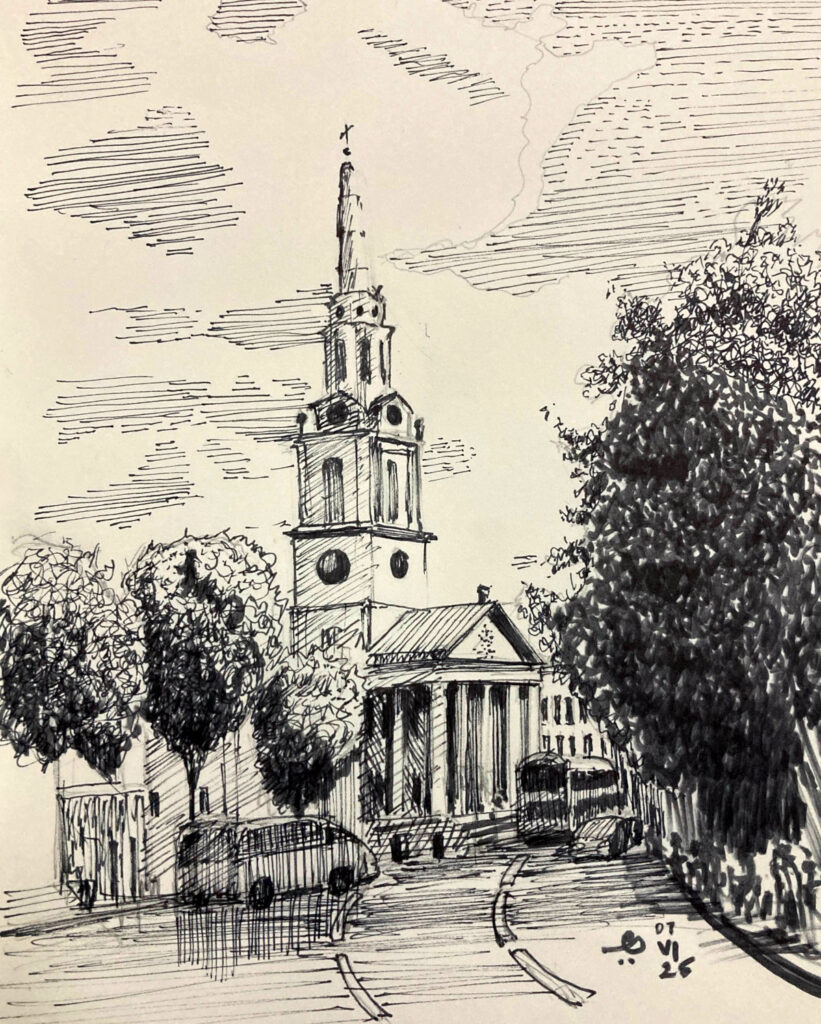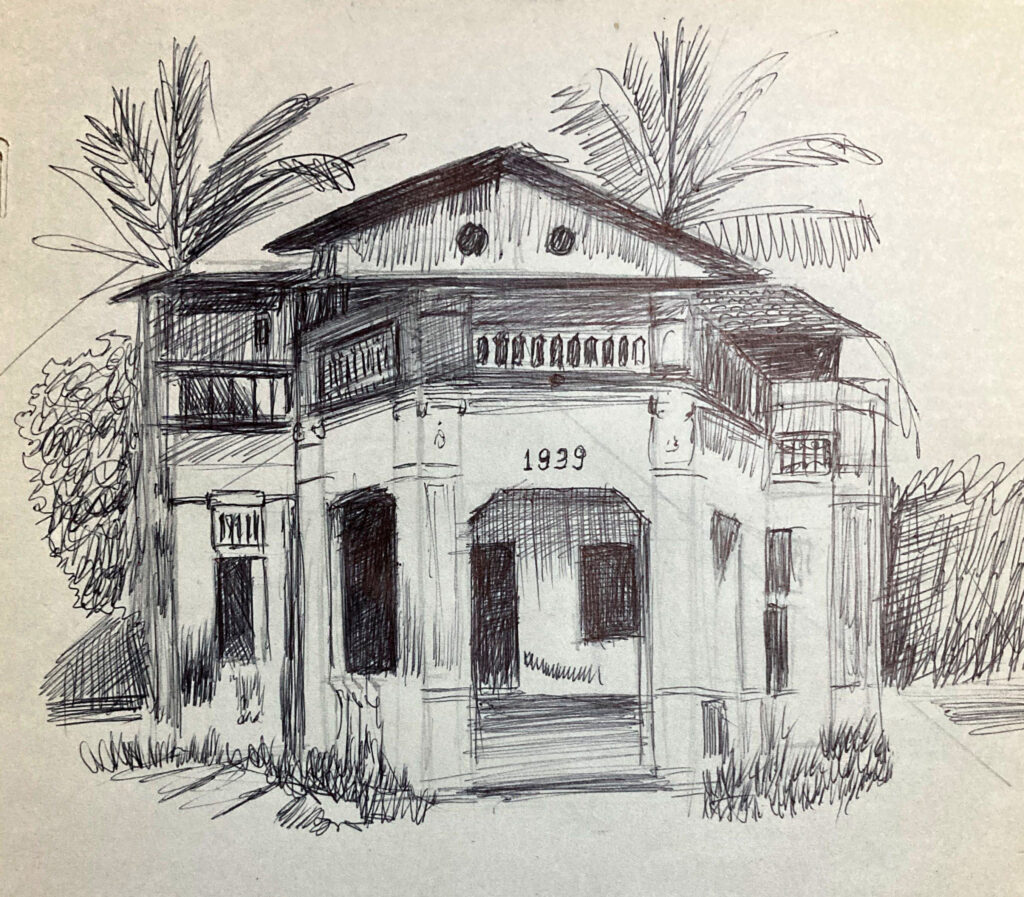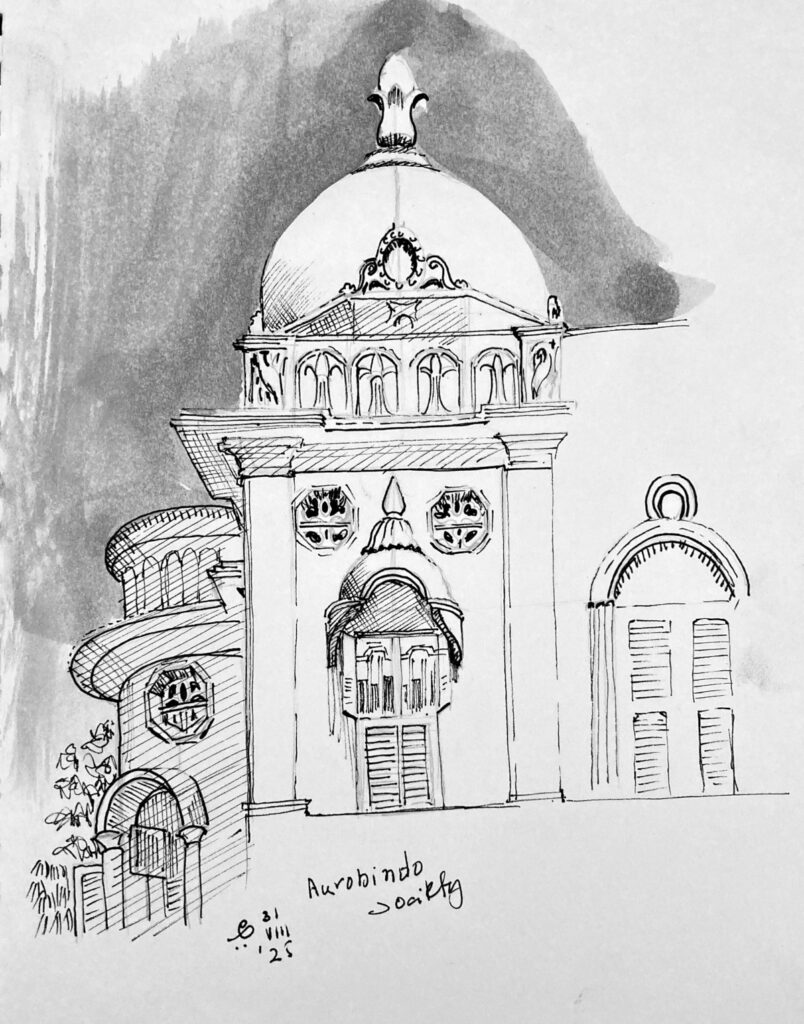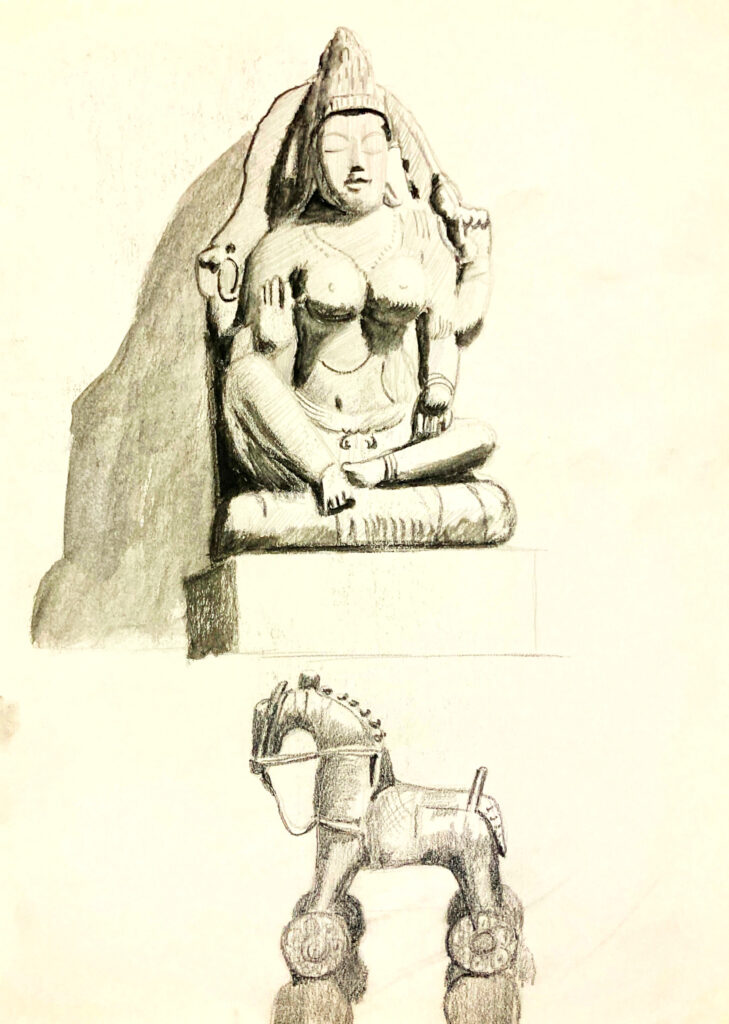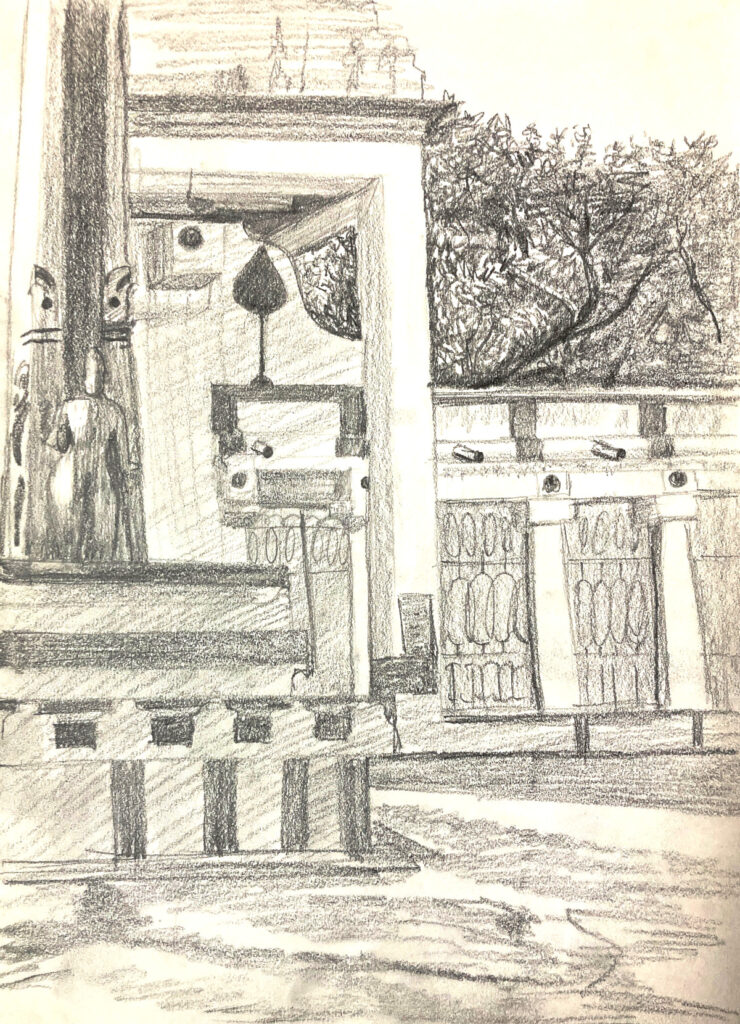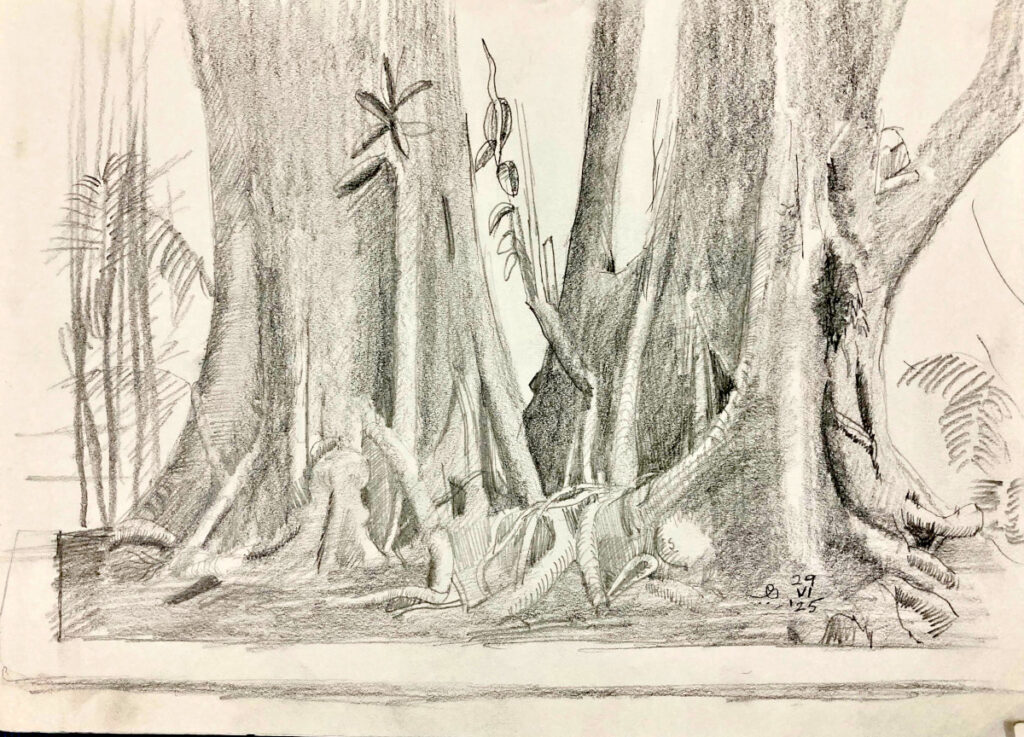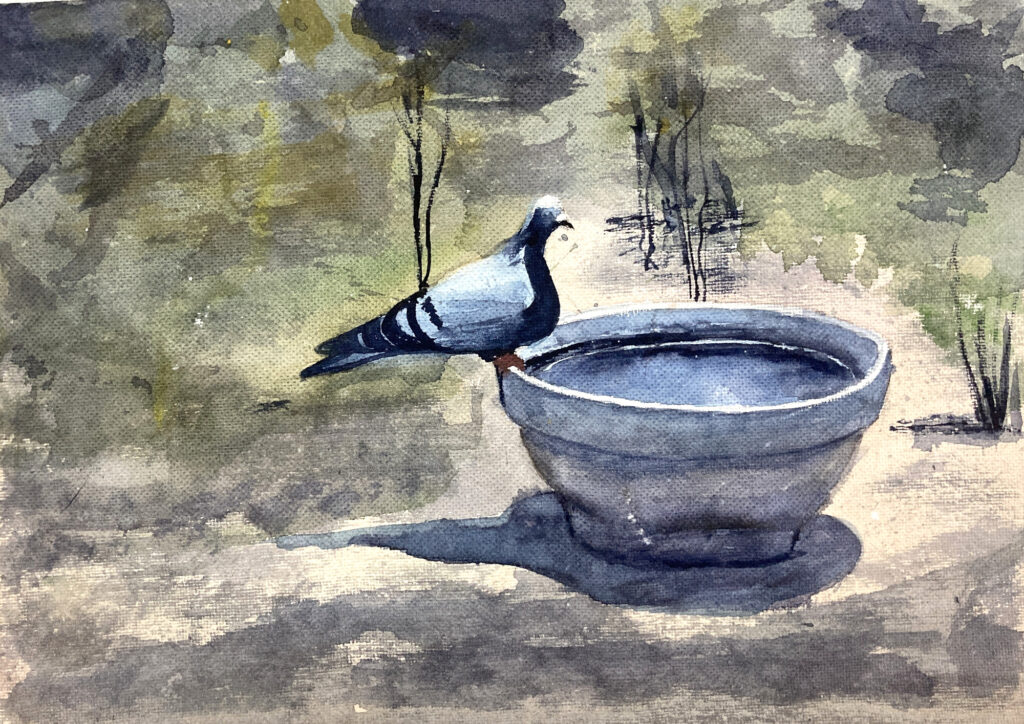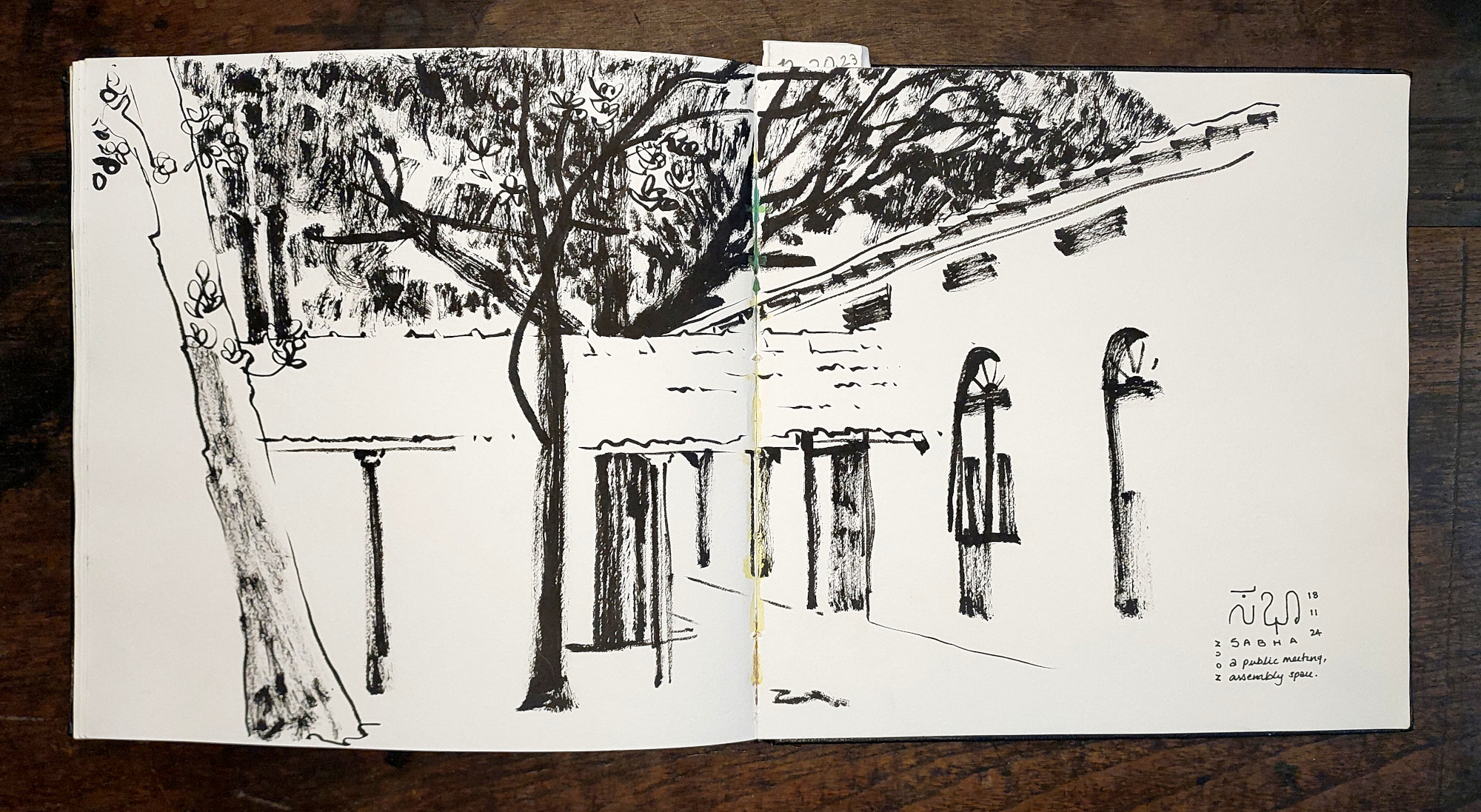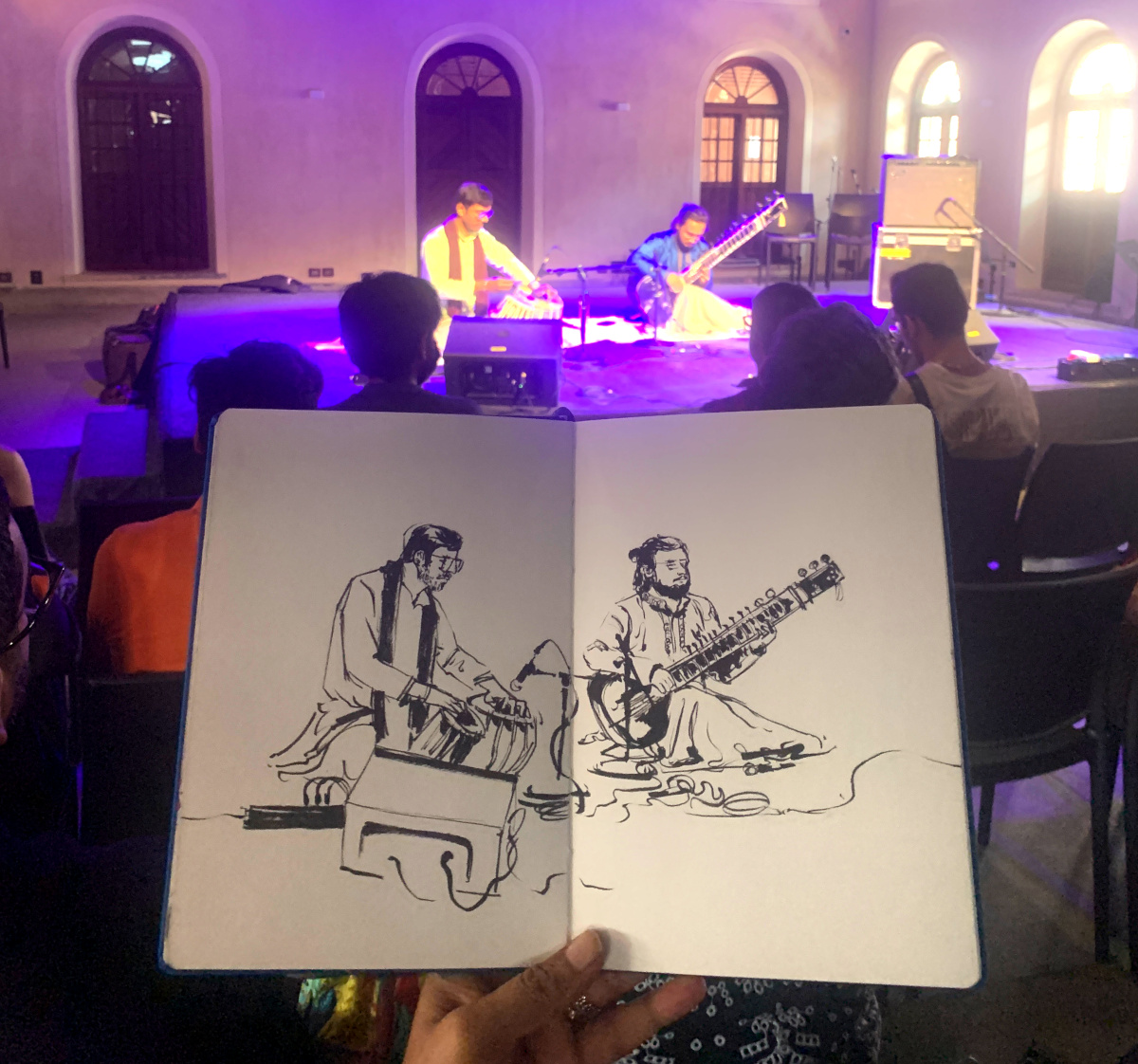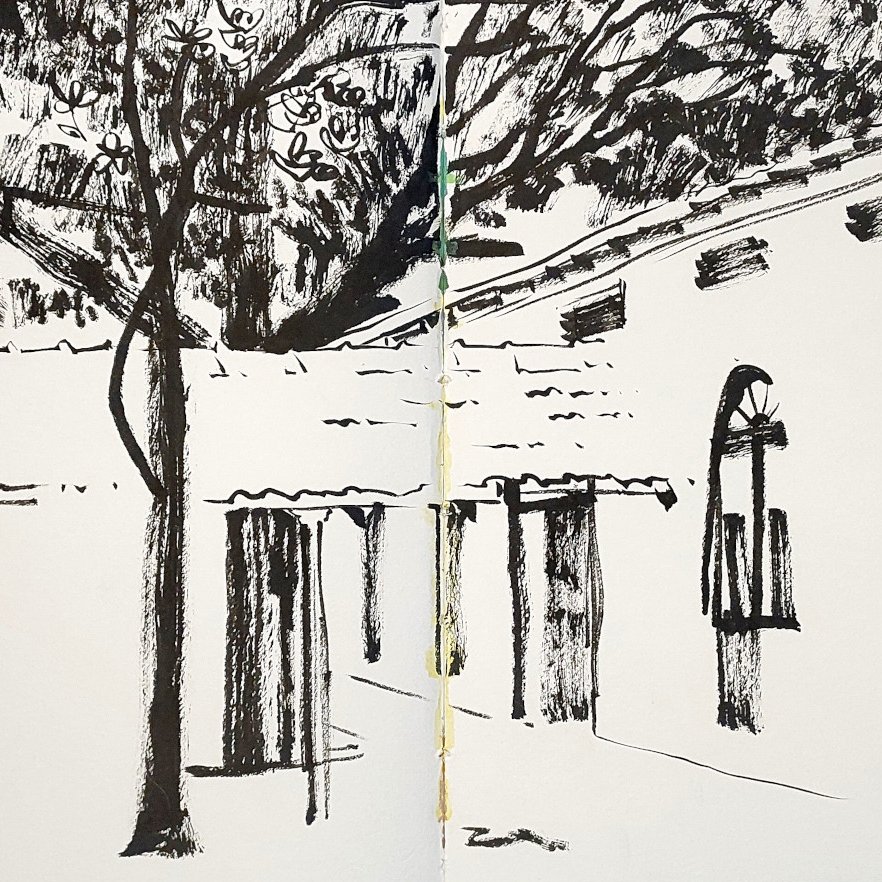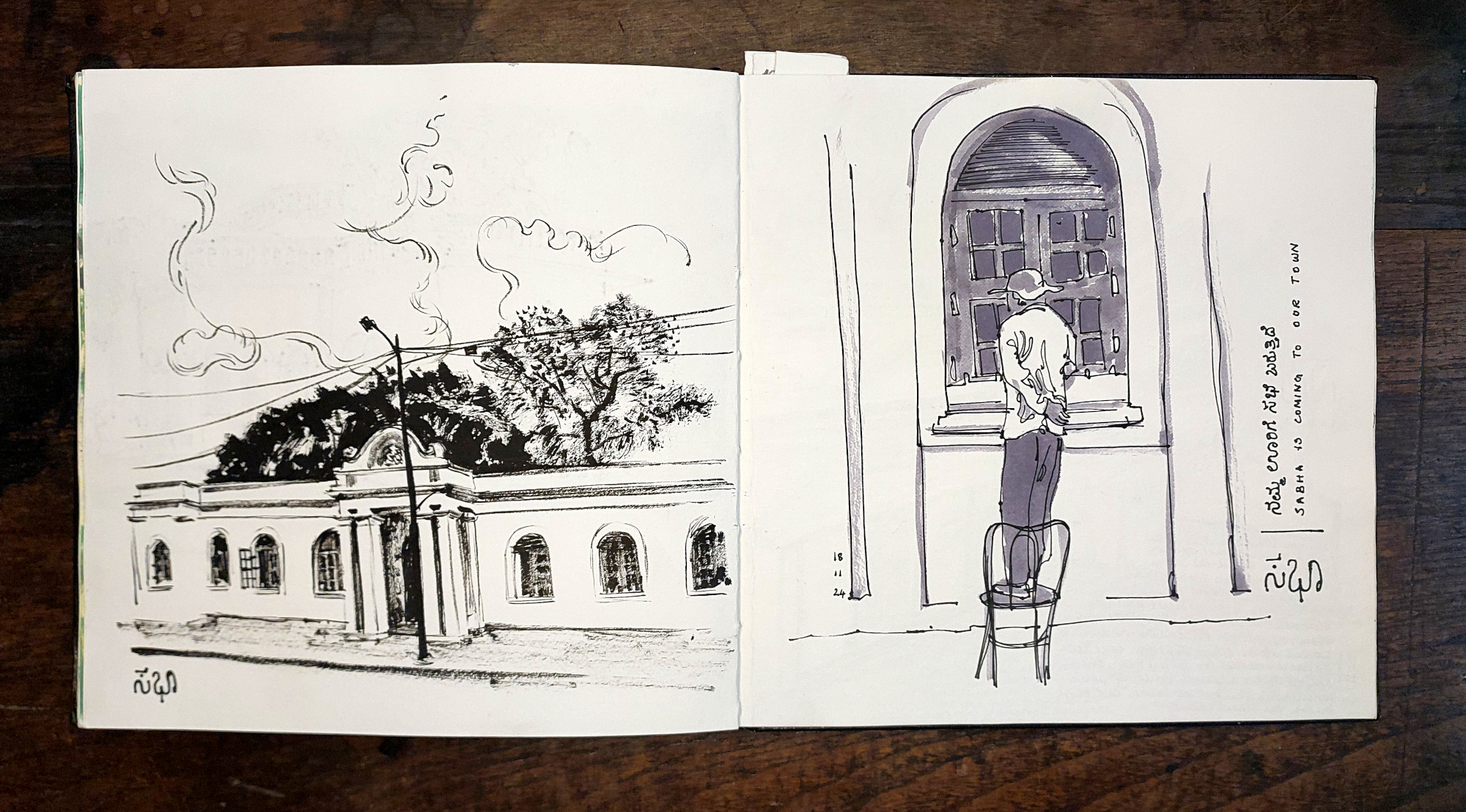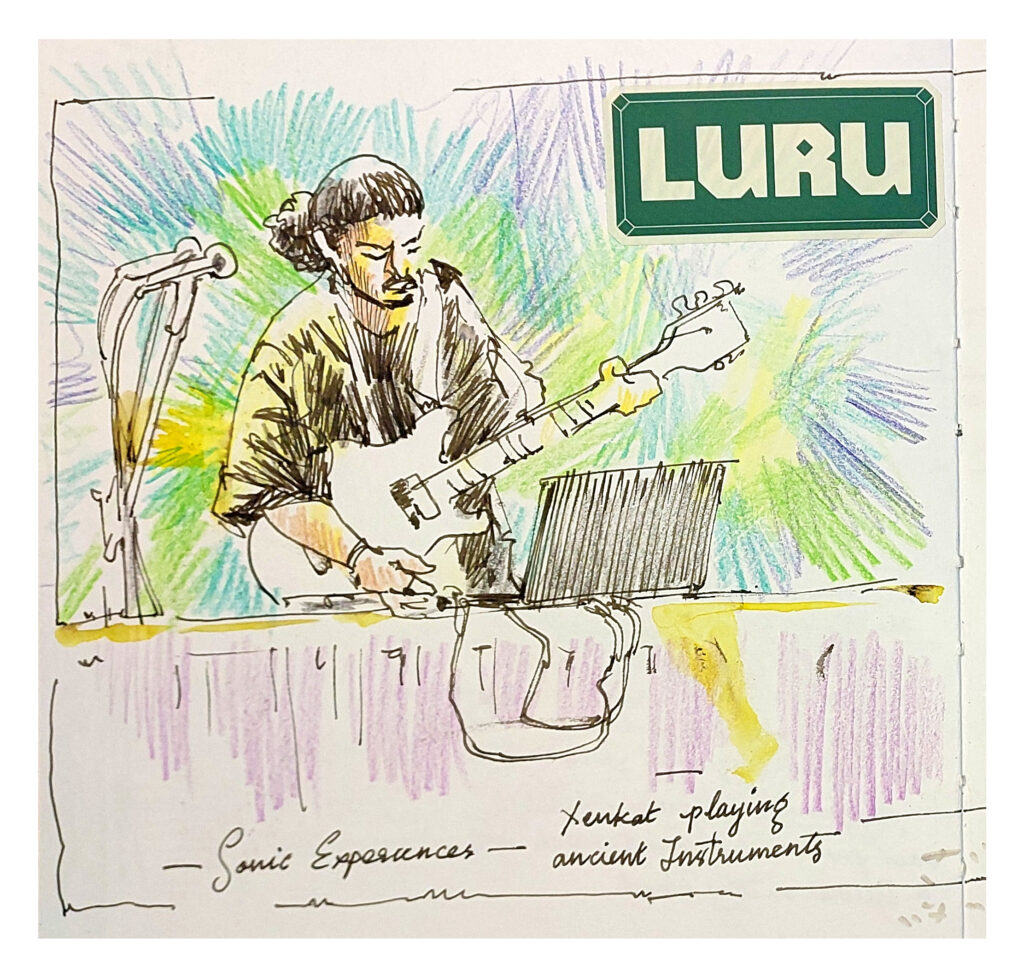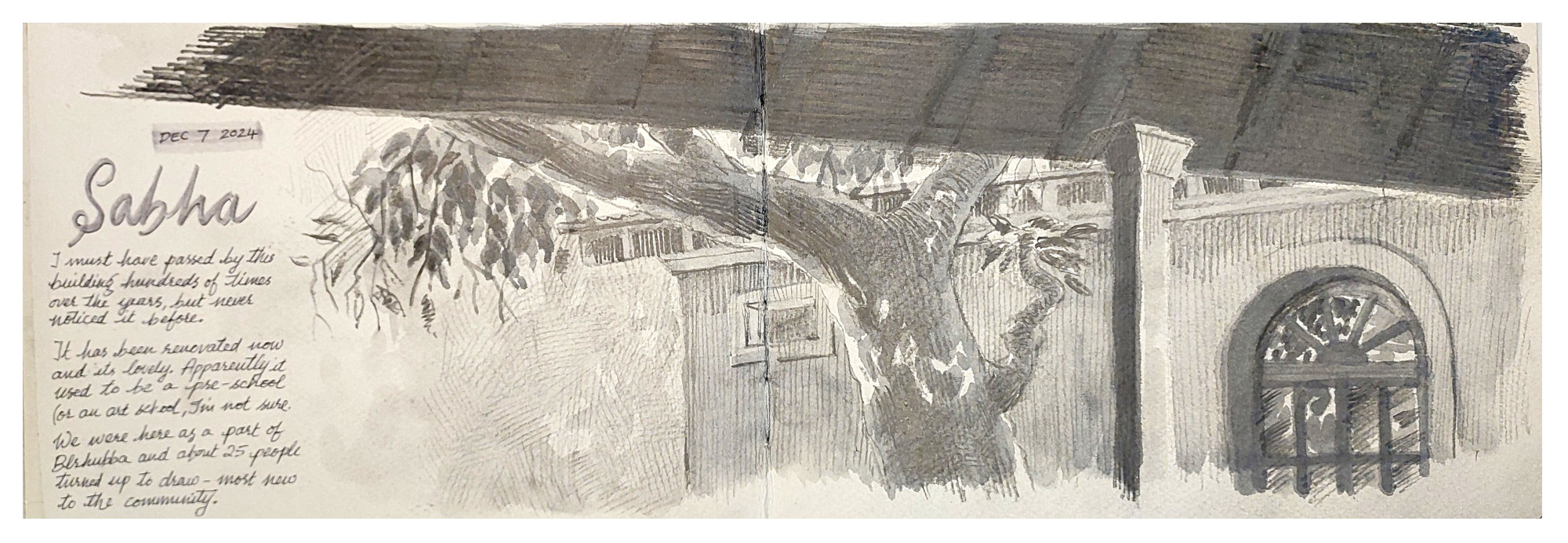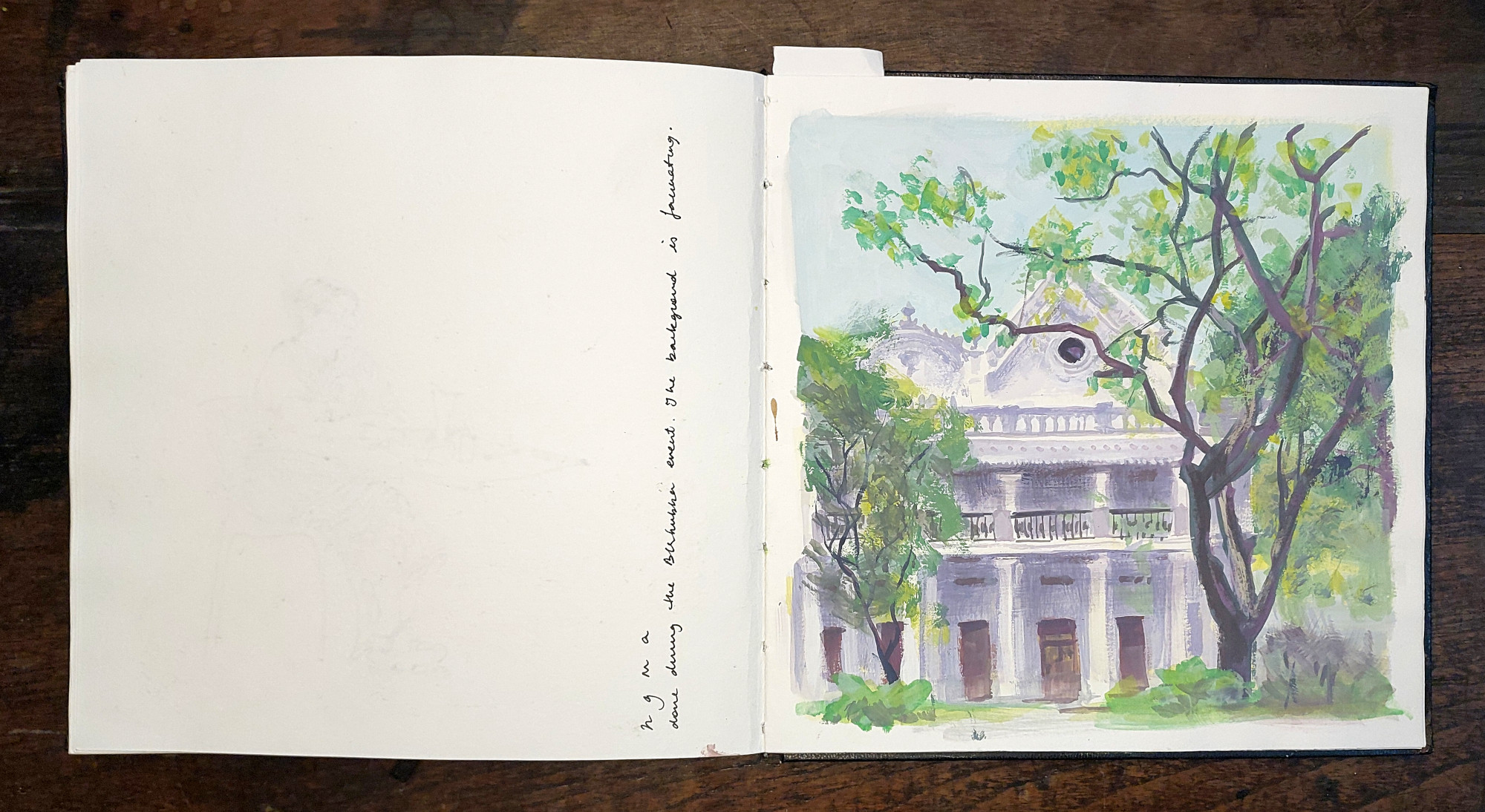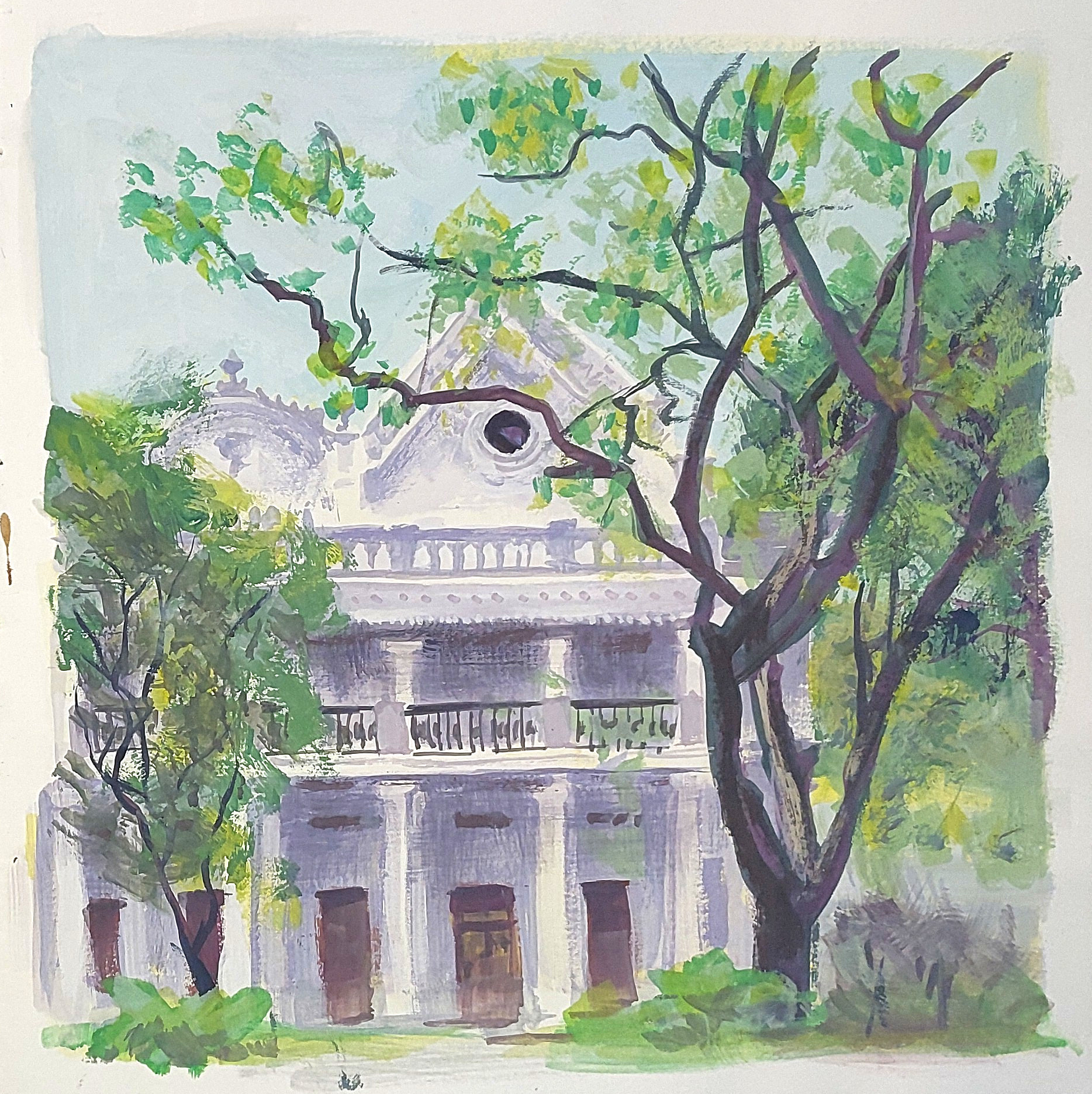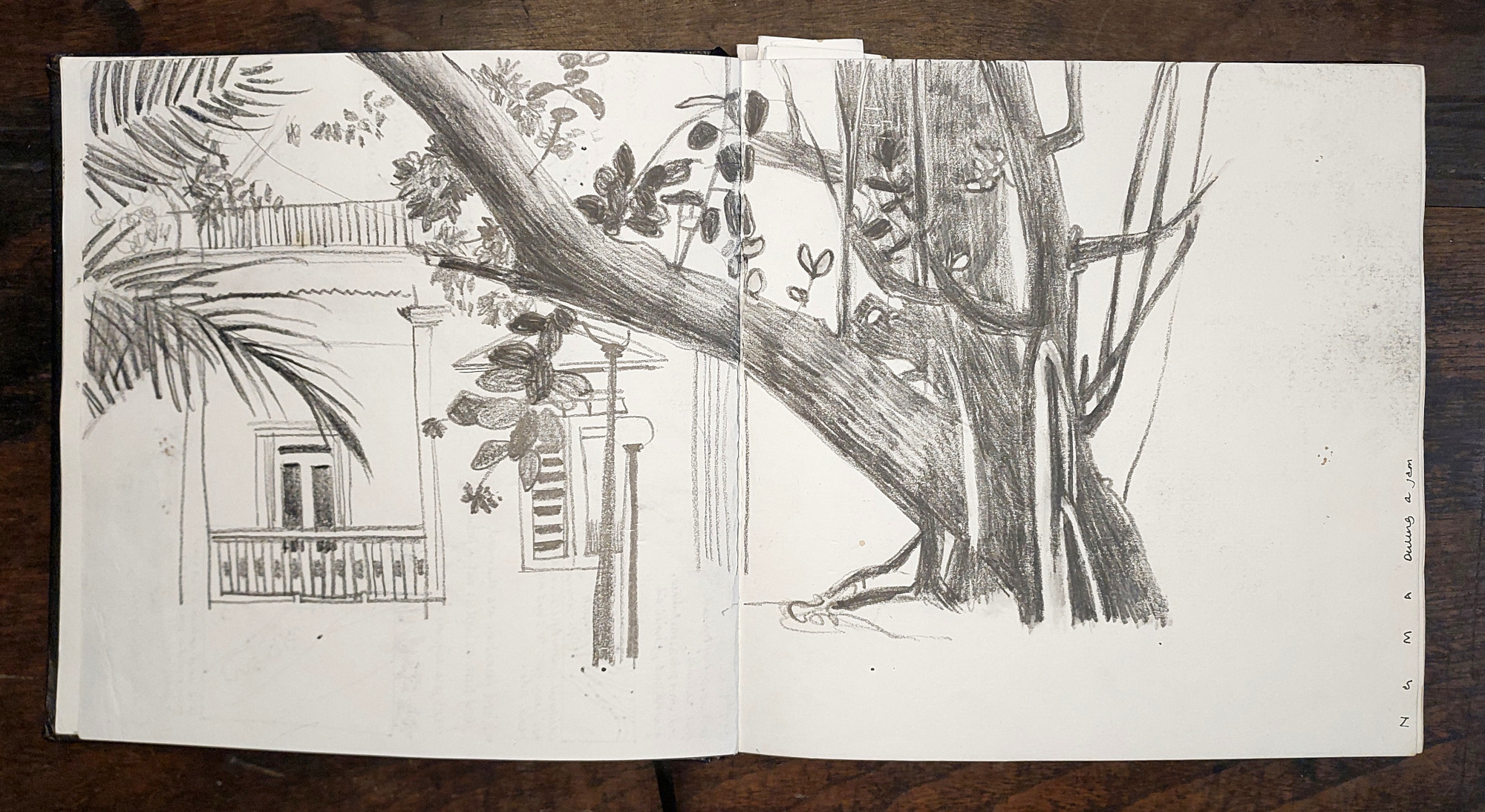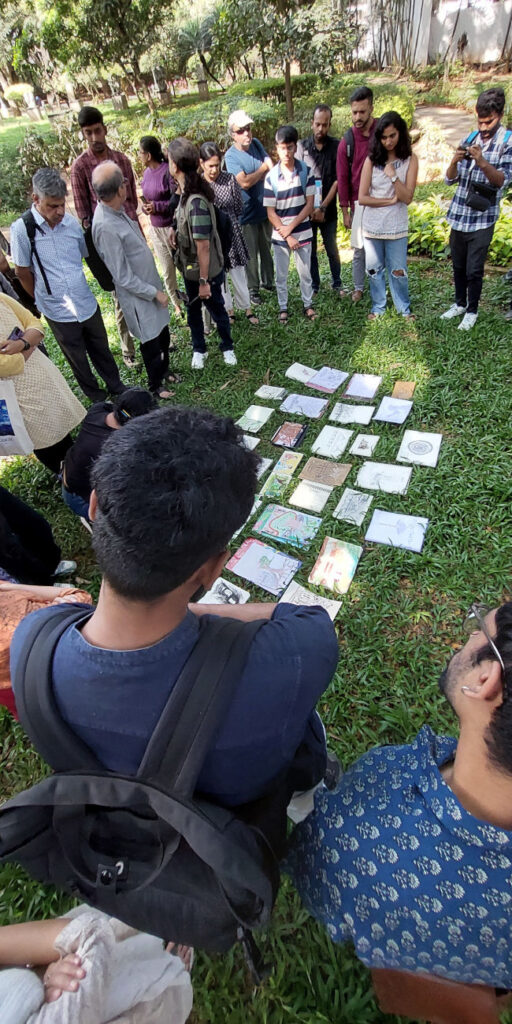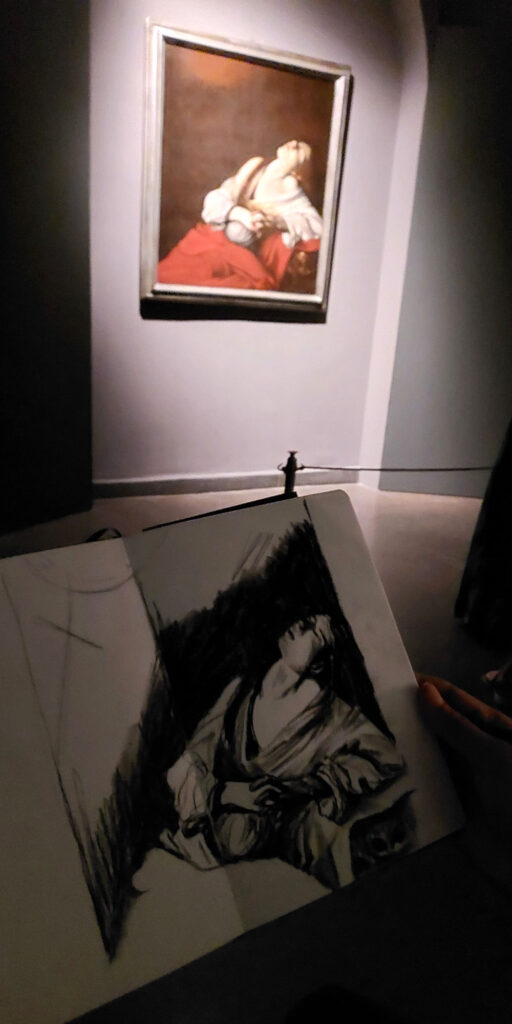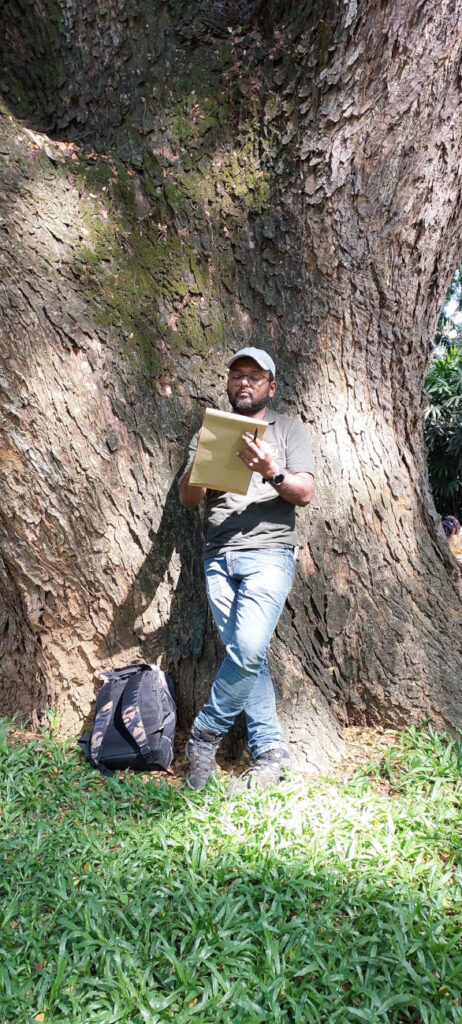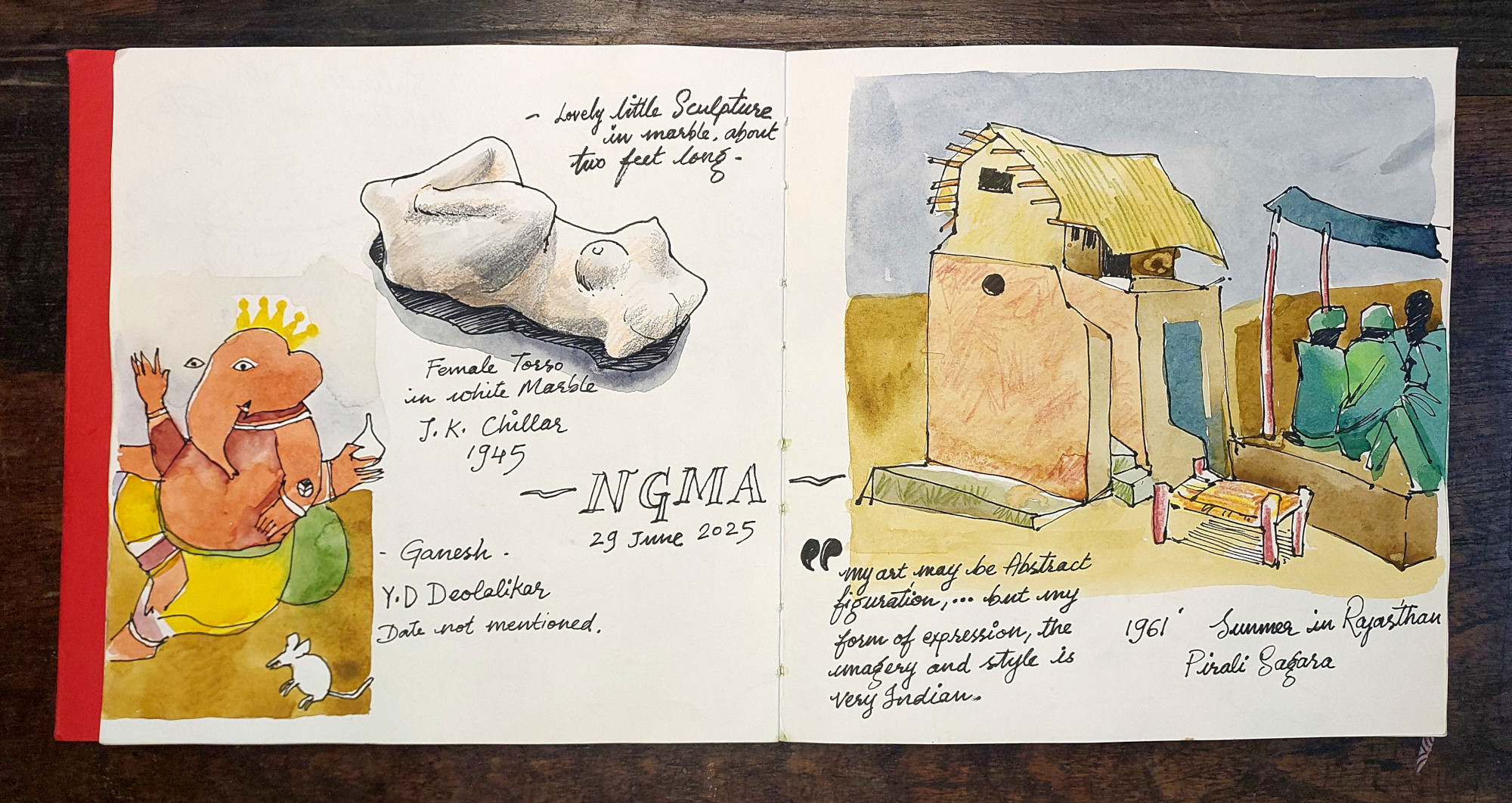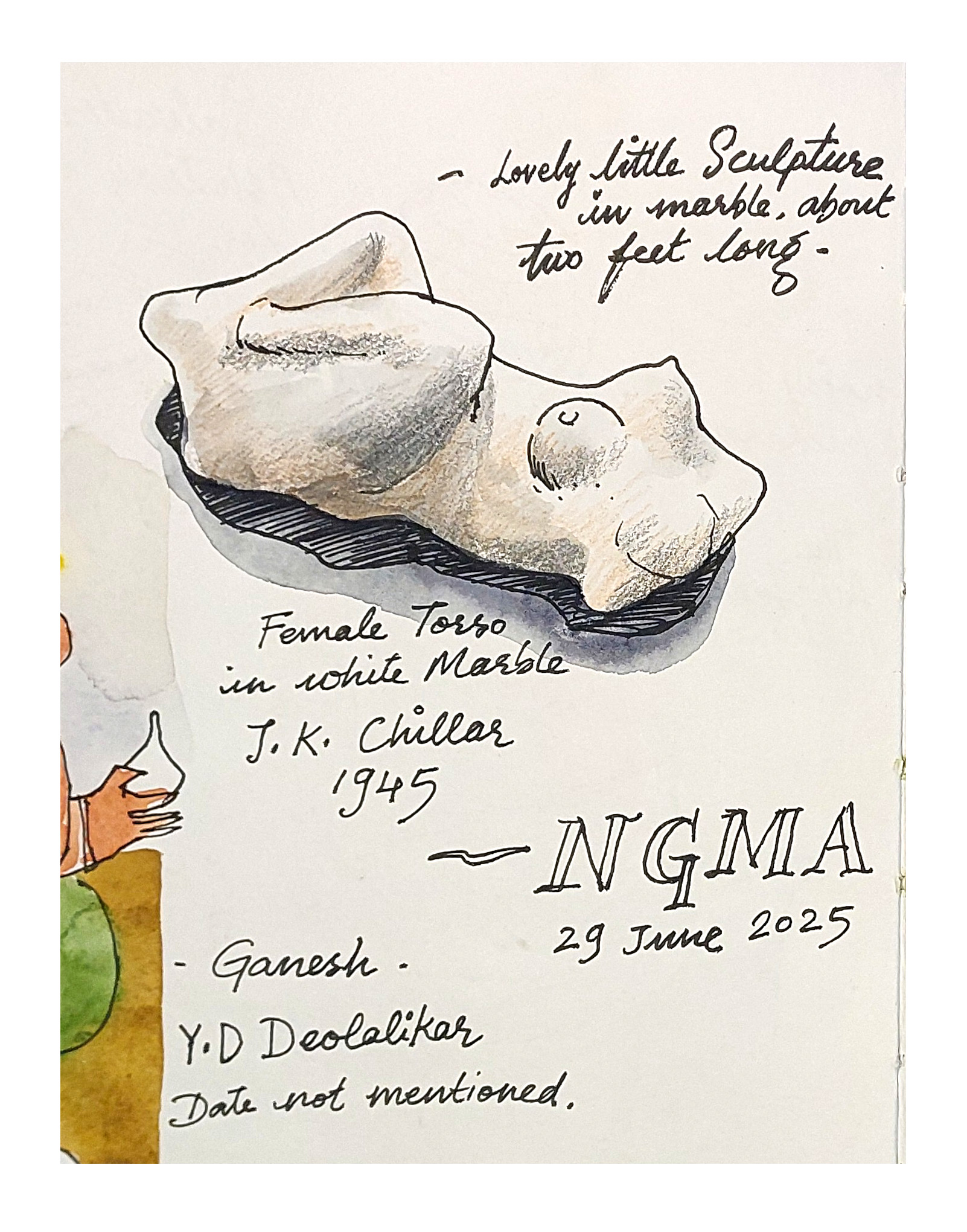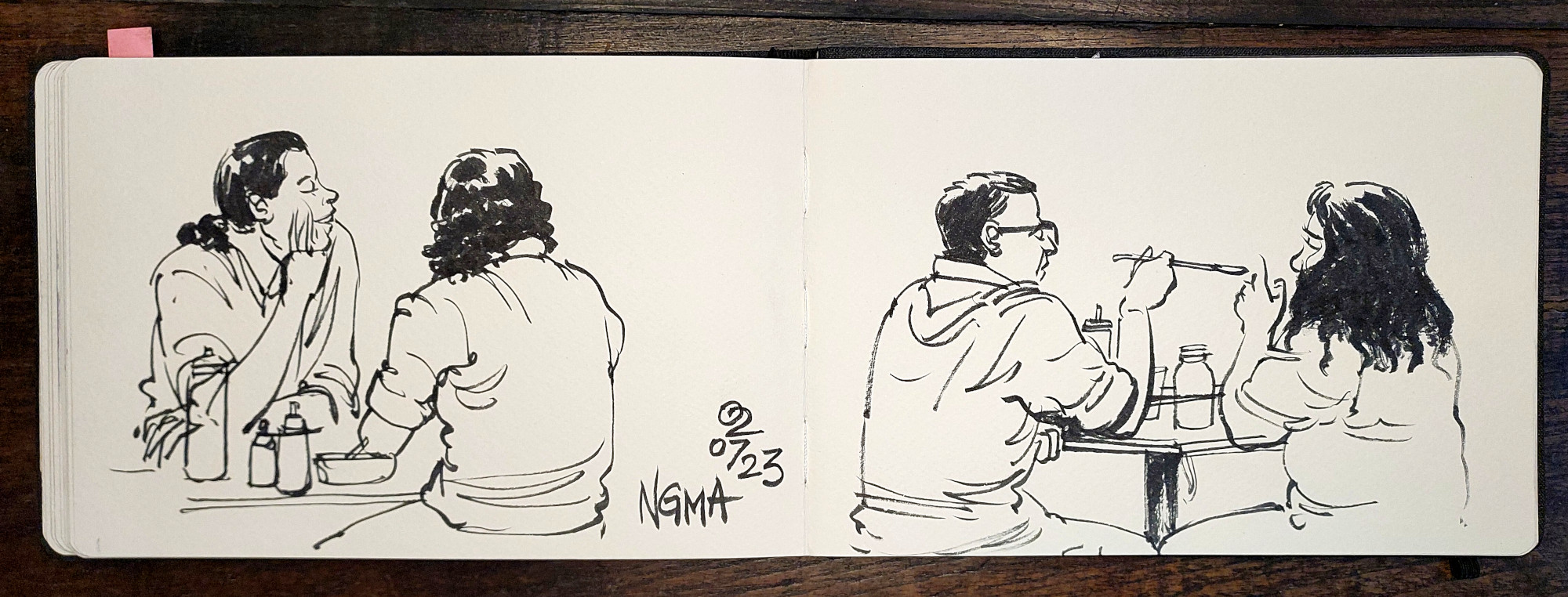Drawing Connections: A Tech Professional’s Journey Through Bengaluru’s Streets
For over two decades, Paulami has navigated the world of data and technology as an executive. But of late, a newfound passion has led her to map a different kind of landscape: the intricate, living city of Bengaluru.
A chance encounter with the Penciljam community in 2024 ignited a journey of rapid artistic growth and discovery, and through her sketches, Paulami captures an intimate connection with her subject, transforming familiar places into what she calls “dear old friends.”
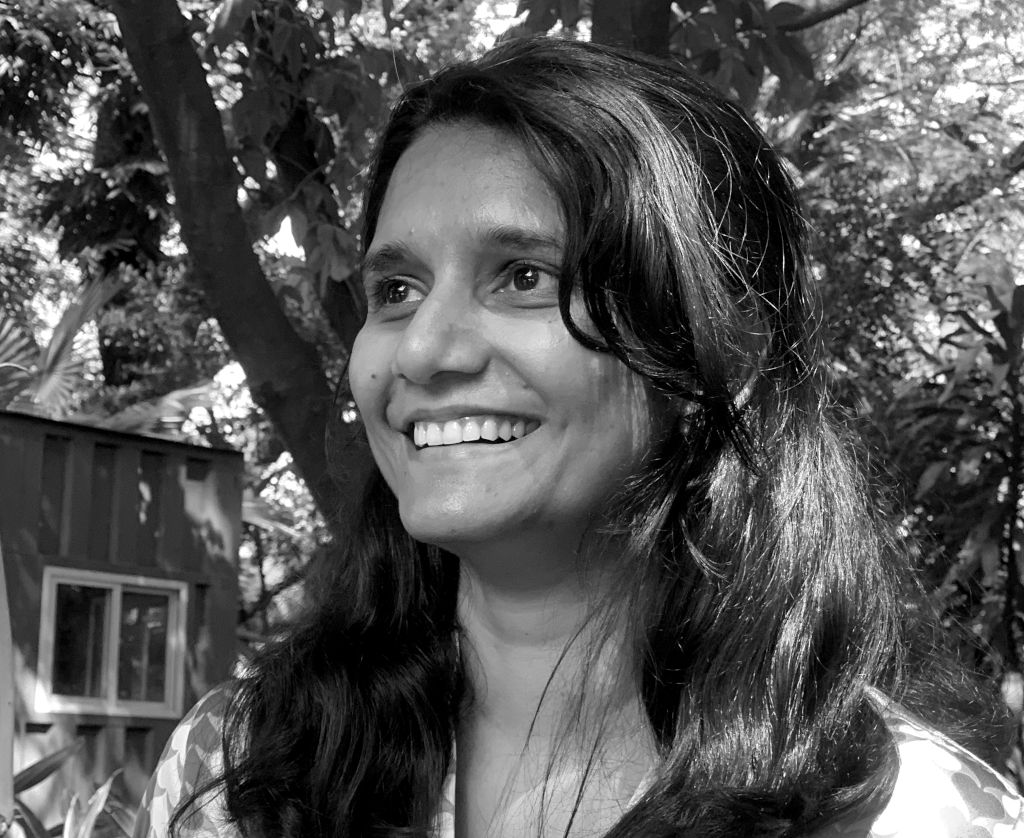
Tell us a little about yourself.
I am Paulami. I’ve grown up and lived across various parts of India, and speak four languages. I’m a Data and Technology executive with over 20 years’ experience. My authentic work lies in being a good-enough parent to my two lovely children and working every day to become a better, more expressive artist.
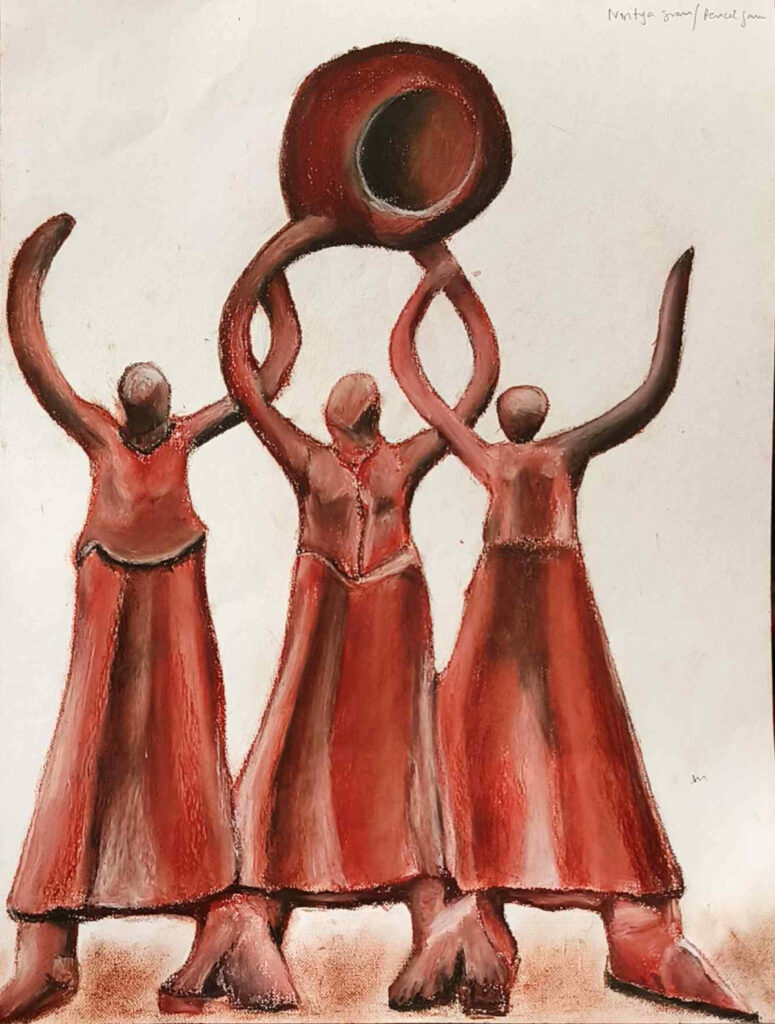
What first drew you to the Penciljam community?
I started drawing seriously in December 2023. Since then, art has evolved from curiosity to an integral part of my identity.
I met Pencil Jam serendipitously. While visiting NGMA in May 2024, I found myself sitting alongside a group of animated artists. Upon inquiry, I learned this was Pencil Jam, led by the inspiring duo Smitha and George. Having just begun drawing, it was a godsend opportunity to connect with such talented artists. I’ve attended most sessions since.
Drawing from real life is exhilarating. But with life’s demands, outdoor time is precious. Pencil Jam enables this connection. The founders unearth eclectic, unsung places throughout Bengaluru, inspiring art through discovery.
How has the act of drawing changed the way you observe and experience the city?
For all the monuments, parks, and installations I’ve drawn across Bengaluru, I feel special fondness, like one feels toward a dear old friend. There’s deep knowing that comes from drawing from life—the little nooks in monuments, vibrant colours of fruits, the uniqueness of a face. This intimacy wouldn’t exist without spending hours closely observing and rendering on paper. There’s something charming, almost magical about it.

Can you share the story behind some specific drawings that are particularly meaningful to you?
Pencil Jam has been pivotal in my artistic journey. In these sessions I drew my firsts—my first portrait at MAP, my first monument at Tipu Sultan Palace, my first landscape in Lalbagh. These pieces are special because they’ve instilled confidence that I can grow further artistically. This is no small credit to Pencil Jam members, who’ve been consistently encouraging with their praise and feedback.
Beyond creating art, what personal accomplishment do you find in documenting Bengaluru’s evolving landscape?
Being able to visit so many wonderful, unique places in Bengaluru feels like a gift. I’m not naturally outdoorsy and would spend all my time indoors by my window. Having something that inspires me to immerse in outdoor beauty, week after week, gives me great purpose. It’s also fulfilling to know Bengaluru better each passing week.

Was there a moment during a jam when you felt completely in the flow of drawing?
This happened during an NGMA session. I was captivated by vibrant red, black, and metal condiment bottles in the café and began drawing them. Initially, I felt this was too trivial to sketch. But before I knew it, an hour had passed, and I was amazed by the outcome staring back from my paper. Looking back, I don’t remember what happened between—this is probably what they call flow state. I’m proud of that oil pastel piece. It taught me about the unassuming beauty in everyday things.
Tell us about a hidden gem in Bengaluru you discovered only because you went there to sketch.
There are so many: CV Raman House, St. Andrews Church, Ulsoor Dhobi Ghat, Kaash Gallery, Tipu Sultan Palace, The Royal Equestrian Academy.
The standout is St. Andrews Church—a picturesque church on Cubbon Road, built with red bricks and stark white eaves. Its looming tower is awe-inspiring and magnificent. It made me ponder the ultimate insignificance of our lives and how we need to take ourselves less seriously. I spent hours during the session and many more after, immersing myself in drawing that church.
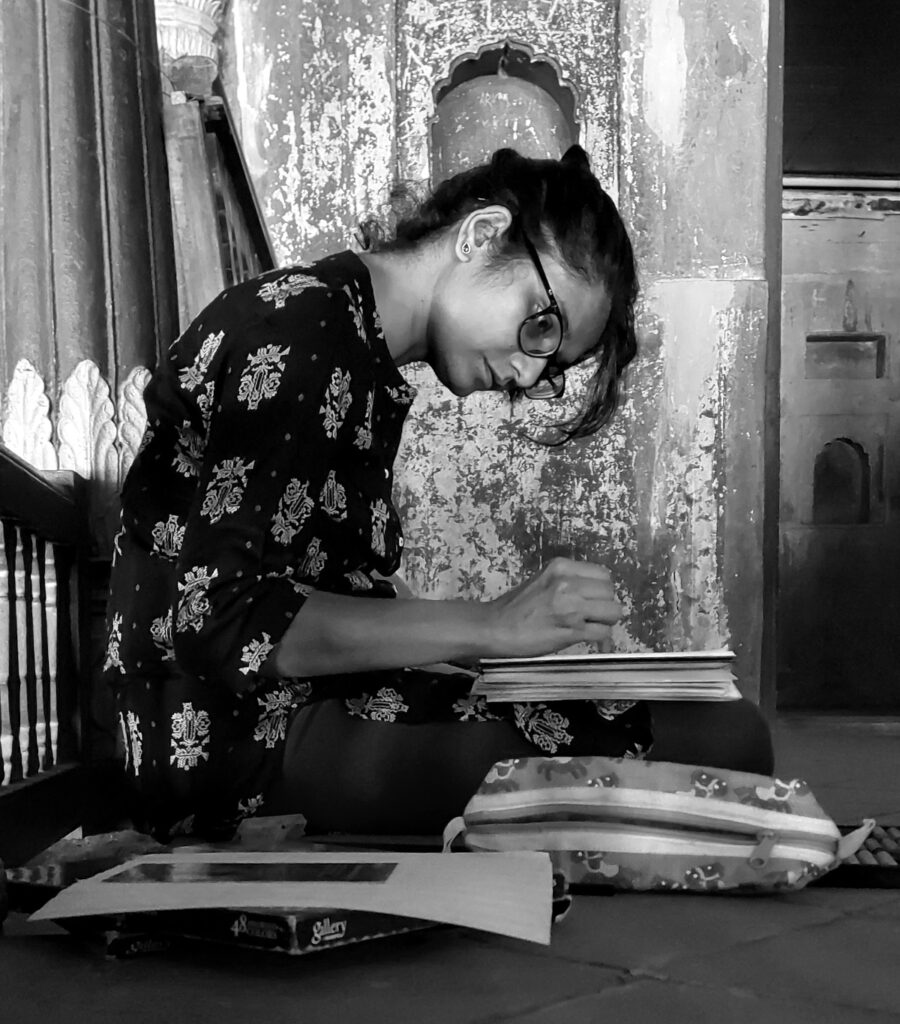
What’s the most unexpected detail or story you’ve uncovered about a place while in the process of drawing it?
I’d like to share two unexpected findings from various jams:
The RBANMS Educational Charities school was built with patronage from Rai Bahadur Arcot Narrainsawmy Mudaliar, a business tycoon from 200 years ago. He began as a vegetable seller but eventually became one of the wealthiest men of his generation. Most inspiring was his commitment to educational and social welfare reform. He spent much of his wealth building charitable institutes toward this goal, and his legacy benefits people to this day.
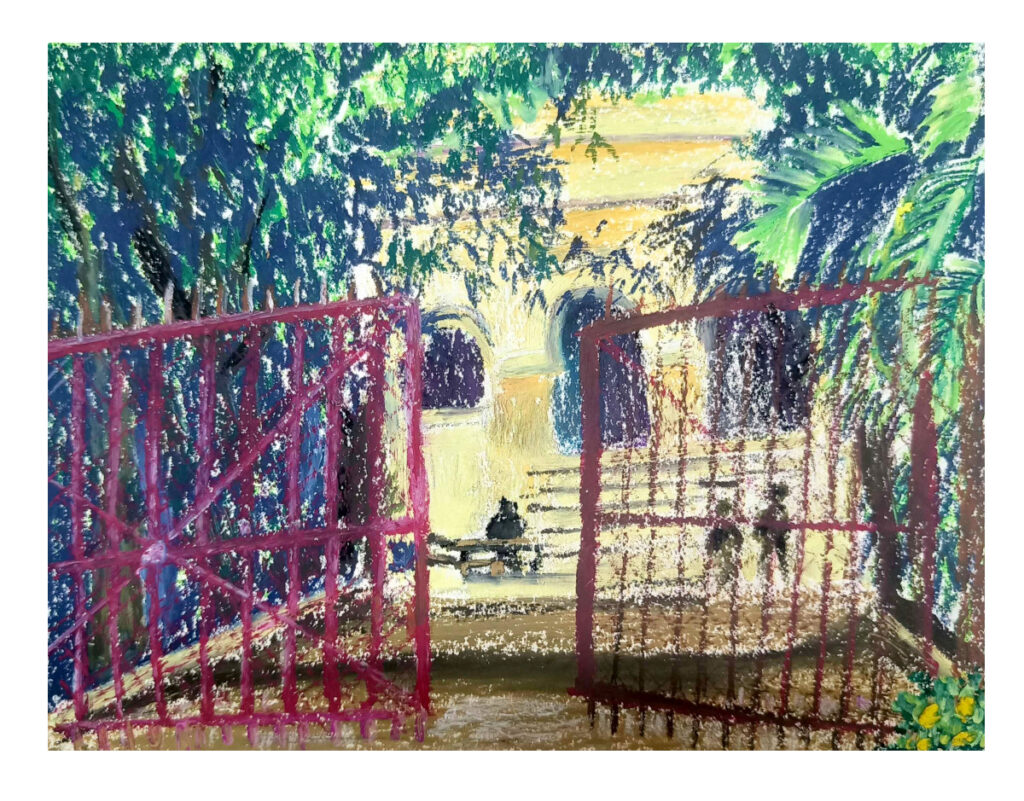
The Ulsoor Dhobi Ghat: I’d only heard of Dhobi Ghat before this visit. Actually spending two hours sketching there was sobering. This is where washermen and women work hard, cleaning the city’s dirty laundry. The place itself isn’t appealing, with garbage scattered about. Despite this, it has an aura of integrity, honesty, and hard work that I tried to capture in my scene.
Have you had a memorable interaction with a local resident or a passerby while sketching? What happened?
While I don’t remember deep interactions outside the Pencil Jam community, it’s always heartwarming to be welcomed by locals, sometimes guards or administrators manning locations. Through many jams, I’ve learned that being an artist grants you friendly space, literally and otherwise, with genuine warmth from people.
What does drawing as part of a group add to your creative process?
Drawing with fellow artists is enriching. You observe different styles, and invariably some seep into your own work. It’s an opportunity to learn various techniques from experts. There’s also the consistently encouraging nature of fellow artists—a hallmark of Pencil Jam. There’s no competition or envy, just warm people sharing their love of drawing.
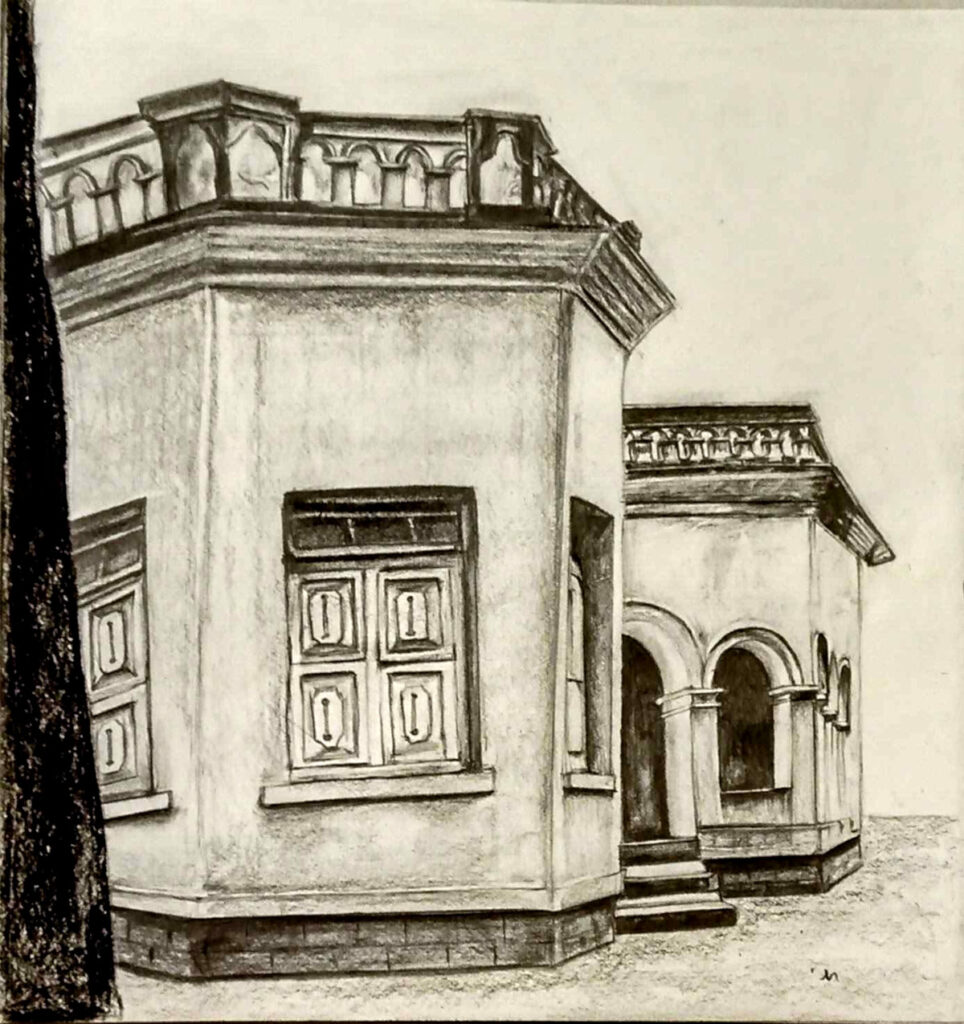
Pencil Jam has deepened my connection with Bengaluru. I now know this city has a unique, exciting personality—like a boardroom honcho who’s also a bestselling DJ. There are massive, prosaic city parks but also quaint small galleries. There are world-class sports stadiums alongside millennia-old temples. I’ve had the privilege of experiencing all of these, thanks to Pencil Jam.
How has being part of this community influenced your artistic style?
I’ve learned immensely from being around fellow artists and receiving steady encouragement and feedback. Until March this year, I’d avoided paint mediums out of fear. But during one jam, two dear friends playfully challenged me to try watercolours. That very evening, I created my first watercolour piece. Since then, I’ve completed around 25 watercolour pieces. This wouldn’t have happened without Pencil Jam.
When you look back at your collection of Bengaluru sketches, what larger story do they tell about the city?
Looking back at my Bengaluru sketches, I hope more people discover how deep Bengaluru runs—deep in natural beauty, human-made constructs, rich history, and the warm, tolerant nature of its people. Bengaluru is beautiful, and I see more of its beauty each passing week.
Someday I’d love to create a booklet of these places to extend the privilege of being part of this community to everyone else.

What advice would you give to someone who is hesitant to join their first Jam?
I joined my first jam just five months into drawing. What struck me was everyone’s welcoming nature and the encouragement I received. There’s nothing to hesitate about. If you love drawing and are ready to fall in love with this city, this is your kind of place.
Is there anything else you’d like to share about what sketching Bengaluru means to you?
Sketching Bengaluru initially was about seeing how well I could draw. Then curiosity about Bengaluru emerged. Now it’s transformed into love for both drawing and Bengaluru, where it no longer matters how I draw. Just showing up and drawing brings me tremendous joy.
